In today’s post, I’m going to share some of my favourite photography locations in the south and west of Iceland , as part of my ongoing series of photography location guides.
Iceland is a spectacularly photogenic country, and many photographers (myself included), have it on their bucket-list of destinations.
Whilst the whole country is photogenic, the majority of folks come to Reykjavik and explore Iceland from there. As such, this post will cover the majority of sights that visitors will be keen to visit and photograph, particularly on a first trip to Iceland.
We have in fact travelled the majority of Iceland, in both summer and winter. If you are looking for more advice on planning a trip beyond some photography locations, we have lots of resources to help you do just that.
For example we have a series of Iceland itineraries to help you plan your Iceland route, many of which include the locations in this post. These include a seven day winter itinerary, a five day itinerary and a week long Iceland ring road itinerary.
In this post I’m also going to share some practicalities for visiting Iceland and tips for your visit, to help you make the most of your stay, although I recommend you check out our Iceland planning guide for the most comprehensive tips and advice.
Now, lets take a look at the best photography locations in Iceland!
Table of Contents
The Best Photography Locations in Iceland
Below are some of my favourite photography locations in Iceland. I’ve placed these in order, running from the east of the country to the Glacier Lagoon on the south coast.
Of course, there are many more beautiful spots in Iceland, and stumbling upon the less popular spots is always a rewarding exercise.
But this list should cover the majority of the highlights of south and western Iceland that you’d be interested in visiting and photographing, and should make a great starting point for any photographer planning a trip.
1. Kirkjufell
Kirkjufell is one of the most iconic (and photographed!) locations in Iceland, so much so in fact that it was even on our Iceland Travel tote bag. It’s found up on the Snæfellsnes peninsula, about a two hour drive north of Reykjavik.
The peninsula is definitely worth visiting, either as a tour from Reykjavik or ideally over a couple of days, which will give you plenty of time to explore everything on offer.
Kirkjufell itself is a wonderfully symmetrical mountain with a handy set of waterfalls (Kirkjufellsfoss) right beside it, and most people take the shot to include the waterfalls and the mountain.
There are of course other angles to shoot it from, including some great reflection opportunities from the shore if the weather is calm .
Depending on the time of year you visit, you can get the sun in shot during sunset. Sunrise is also good as the light illuminates the mountain side. Finally, if you’re lucky and have clear skies and aurora activity, this would make a wonderful shot of the northern lights.
We weren’t so lucky, but I was happy with my shots nonetheless! There’s free parking on site, and it’s about a five minute walk from the car park up to the falls – just be careful in Winter as it can get icy up here (yes, I fell over).
Note that this was also a filming location for the Game of Thrones TV show, as were many other locations in Iceland. If you want to see more of these, see our guide to the GoT locations in Iceland.
2. Hraunfossar
One of the more unusual waterfalls I’ve seen, Hraunfossar is a series of falls that emerge from underneath a huge lava expanse and flow down the sides of a gorge into the below river. It’s quite the sight, spanning some 900m, and worth visiting. There are actually two falls here – Hraunfossar and Barnafossar.
Barnafossar is a more traditional waterfall, with the water rushing through and down a narrow gorge. When we visited the water was in full flow, so it was less of a waterfall and more of a raging torrent, but impressive nonetheless.
Hraunfossar is about an hour and a half north west of Reykjavik by car. There’s free parking on site and it’s less than a minutes walk from the car park. There are also a number of tours departing from Reykjavik which include these falls, such as this one.
3. Glymur Waterfall
For a long time, Glymur was known as the highest waterfall in Iceland. Then some scientists came along and found a higher waterfall on a glacier somewhere, and poor Glymur was demoted to second place.
Still, it’s likely the highest accessible waterfall in Iceland, and the hike up to the falls is stunning, so I’d still recommend a visit.
There are two routes up to Glymur, one on the south side of the river and one on the north side. If you visit in Winter like I did, you’ll struggle to get to the south side as there’s a river crossing which requires you to walk over a log, and the log is removed in Winter. I tried to find a safe crossing point and failed – other, braver (more foolhardy?) people than me succeeded.
This was a bit of a letdown for me as the best view of the falls is said to be from the viewing area on the south side of the river, but as I climbed all alone to the top of the falls, I concluded it wasn’t such a bad thing.
A giant gorge fell off to my right, seabirds circled, and the view back down to the fjord and ocean was spectacular. Plus, I loved the top of the waterfall, even if I couldn’t quite see the whole thing.
This is a fairly strenuous hike which is approximately a three hour round trip from the car park. It’s well marked, but does have steep drops without barriers, so you need to be careful. Definitely worth it though.
4. Inside a Glacier
I mentioned that our road trip focused on glaciers and auroras. Well, our first glacier experience was also a great photo opportunity – we took a tour inside an actual glacier!
This was operated by Into the Glacier, and involved a 45 minute ride (each way) on a massive 18 wheel truck, followed by around an hour inside an actual glacier. This was a great deal of fun, and led to some fun photo opportunities.
As for the auroras – we didn’t have any luck on our trip. But we did find some more glaciers, some of which make it into our photography highlights further on in the post!
5. Thorufoss (Þórufoss) Waterfall
This was one of those waterfalls that we happened upon as part of our travels when taking a shortcut on a gravel road. We were so glad we did, because we had these incredible falls all to ourselves, and it was definitely a highlight for both of us on our trip.
It was even possible to walk down to the falls via a steep path, although we didn’t have time to do that. Still, we got lots of photos.
Thorufoss is on the 48, about a half hour drive to Reykjavik. If you’re driving yourself, you could visit either on your way up to Glymur, or it’s a ten minute detour from the famous Golden Circle, although again, you’d likely have to drive yourself.
There’s a parking spot just off the road and it’s a two minute walk to the falls.
6. Sun Voyager Statue, Reykjavik
Whilst many people base themselves in Reykjavik, the city is often overlooked as folks rush out to immerse themselves in Iceland’s natural beauty.
We’d suggest that’s a mistake – there’s a lot to see and do here, and we will be writing a whole post soon on what to see and do in Reykjavik.
In the meantime though, from a photography locations perspective, there are plenty of opportunities for photography in the city.
One of my favourites for both sunrise and sunset is the Sun Voyager statue, found on the waterfront on the cities north coast. This statue, created by a local artist, is sculpted out of stainless steel, and represents a voyage following the sun.
It’s an easy walk to get here from most parts of the city, and is definitely best for either sunrise or sunset when the light reflects wonderfully off the steel frame.
7. Hallgrimskirkja, Reykjavik
The other sight that most people get a photo of in Reykjavik is the Hallgrimskirkja, Iceland’s tallest church. It’s 73 metres tall, and sits atop a hill in the centre of the city, meaning you can see it from pretty much everywhere.
The church has a design that reflects some of Iceland’s best known features, namely its mountains and basalt rock columns. It’s also home to a statue of Leif Eriksson, the Icelandic explorer who is believed to be the first European to journey to North America.
As well as the view from the front of the church, it’s worth taking the trip up to the top of the tower (fee required) for the panoramic views over the city. In particular, I loved photographing the colourful houses that make up the main streets of Reykjavik’s city centre.
8. The Blue Lagoon
If you’re near Rejkyavik, the chances are that you will visit the Blue Lagoon! This geothermal hot spring is probably the most famous in Iceland, and is particularly convenient as its near the airport, meaning you can often include it as part of your transfer.
In terms of photography opportunities, there are two main options. First, outside the Blue Lagoon facility itself there’s a path where you can wander around and get shots of the incredibly blue water against the green moss covered lava. That’s pretty much my favourite Blue Lagoon shot right there, and it’s even free.
Then, of course, there’s the obligatory selfie of you *in* the Blue Lagoon. Which of course we did, mud masks and all!
9. Strandakirkja
About a forty minute drive south of Reykjavik you’ll find the beautiful little church called Strandakirkja. Iceland certainly has no shortage of pretty little churches, but I particularly liked the lonely location of Strandakirkja, and its position on the south coast makes it particularly good for visiting at either sunrise or sunset.
The church is locally famous for having divine powers, and dates to the 12th century, with the original having been built by sailors who, so the story goes, were guided to the spot through treacherous seas by an angel. To give thanks, they built the church. Today’s structure is a little less old, but I’m sure, no less spectacular. Parking is free.
10. Öxarárfoss Thingvellir (Þingvellir) National Park
Thingvellir National Park is a UNESCO world heritage site, and the most important cultural site in Iceland. It was here that the original Icelandic peoples would meet for an annual assembly, and it was here that the Icelandic parliament is said to have been founded.
There’s also plenty to see here from a photography perspective, with a highlight for me being the beautiful waterfall of Öxarárfoss.
Whilst it was unfortunately somewhat grey and cloudy when I visited, I still enjoyed shooting this waterfall. It’s about a ten minute uphill walk to visit from the closest car park, but I’d definitely recommend spending some time exploring the surrounding area.
Öxarárfoss and Thingvellir are about a 40 minute drive from Reykjavik. Entry is free, but there is a parking fee if you’re driving yourself which is good for all the car parks in the park.
We’d suggest visiting as part of a golden circle tour – see more information on this as part of the Gullfoss waterfall entry below.
11. Geysers
Here’s a fun fact that I learnt on our visit to Iceland – the word Geyser derives from the Icelandic “Geysir”, which is the name of a an actual Geyser in Iceland – the first to be known by Europeans.
Geysir is now a part of the Geysir Hot Spring Area, a popular stop for visitors in Iceland, and a place where you can wander amongst bubbling pools and steam filled landscapes.
Whilst the Great Geysir itself is currently somewhat dormant, the nearby Strokkur Geyser goes off every few minutes, giving you plenty of opportunity to photograph this wonderful sight, along with those bubbling pools and steamy landscapes!
12. Gullfoss waterfall
One of Iceland’s most well known and spectacular waterfalls, Gullfoss (which means Golden Falls), is an incredible multi-tiered waterfall that appears to vanish into the earth.
There are multiple viewing angles of the falls as you walk along the river, plus you can view it from a couple of different heights, and you will want to spend some time here photographing.
Gullfoss is around a ninety minute drive from Reykjavik, and has a large on-site car park. Whilst it is very popular with visitors, I found that I had the place almost to myself for sunrise, and even sunset wasn’t that busy.
There is an on-site restaurant and shop, although these are only open during the day. Parking was free at time of writing.
The three photography locations above, Thingvellir, the Geysers and Gullfoss, form what is known as the “Golden Circle”, a loop road that you can drive yourself from Reykjavik, or as part of a Golden Circle Day tour.
This was on our self-drive itinerary, and is on the majority of self-drive itineraries in Iceland, so we don’t think you’ll be missing these attractions easily!
13. The Icelandic Horses
Definitely something Jess and I were both looking forward to on our visit to Iceland were the beautiful Icelandic horses.
This incredibly tough breed have really thick fur and beautiful long manes, and are able to withstand incredibly harsh environments. They’re also both friendly and wonderfully photogenic!
We initially wondered how easy it would be to get photos of them, the answer – quite easy! You’ll find them all around Iceland in the fields, and we were able to find easy parking spots off the road from where we could get some nice photos of them.
Don’t panic if you see a group of horses with no safe parking – just keep driving and you’ll find another group somewhere else.
We’d definitely suggest avoiding parking on the shoulder of the road, especially on Iceland’s main roads, as passing traffic might throw up stones that will damage your vehicle. Also, it’s best not to feed the horses, and of course, don’t trespass on private property to get the shot!
We found plenty of opportunities to shoot them from safe, public property, and we’re sure you will too. Ok, safety lecture over.
14. Seljalandsfoss Waterfall
We’re firmly on the south coast of Iceland now, which has to be one of the most incredible drives in the world from a photography perspective – this 200 mile stretch of road from Selfoss to Jökulsárlón is home to everything from unbelievable waterfalls to lava fields, glaciers and black sand beaches.
We were delighted that we’d chosen a self-drive tour – it meant we could stop when, where, and for however long we wanted to get the shots we were looking for.
The first major stop along the route is the Seljalandsfoss Waterfall. With a sixty metre drop, and a free car park within viewing distance of the falls, this is definitely one of the more popular waterfalls in the country.
It’s also interesting because you can actually walk behind the falls, which makes for some interesting photography opportunities.
If you’re going to do this, I highly recommend investing in a camera bag with a rain cover (see our photography gear list for what we use), or at least some plastic bags to put over your gear.
Even a small amount of wind can have the spray blowing everywhere, and wet lenses don’t make great photos – assuming your camera survives the experience! I’d definitely recommend doing this though, as going behind a waterfall makes for both a fantastic experience and a wonderful photography opportunity. Just be prepared to get wet!
15. Skogafoss Waterfall
From Seljalandsfoss the road continues past a number of other beautiful waterfalls (again, lots of opportunities to stop for photos!) until you get to Skogafoss, another of Iceland’s hugely famous waterfalls.
Like Seljalandsfoss, this has a drop of 60 metres, however there is a far greater volume of water, making for a hugely impressive sight.
We loved that you can walk right up close to the base of where the falls crash into the pool below. With a telephoto lens, this gives plenty of opportunity for placing your subject seemingly right into the falls themselves, which can be a lovely shot.
With a wide angle lens, you can also get the whole of the falls, which are just beautiful. Finally, there’s a staircase that will take you right up to an overlook at the top of the falls.
Parking is free here, with a five minute walk to the base of the falls. It’s a bit longer up to the viewing platform.
16. Reynisfjara Black Sand Beach
A break from waterfalls now, although, as you drive along highway 1 you’re going to find plenty more locations you’ll likely want to stop at to take pictures.
My next favourite photography location along highway 1 was the Reynisfjara black sand beach.
Most of the beaches in Iceland are of black sand, so that’s not too special, but Reynisfjara is notable because there are basalt rock columns right on the beach which make for great photography foreground, as well as rock columns in the sea that make for great background.
All you have to do is time the tide right (at mid to high tide the beach past the rock columns is largely impassable) and then wait for the crowds of people to give you a break for shooting.
Also near here is the huge rock arch at Dyrholaey. You can actually drive right to the top of the cliff top here for wonderfully panoramic shots along the beach, with the mountains of Iceland in the background. Both are definitely a worthwhile stop.
17. Skeiðará Bridge Monument
As you head towards the huge glaciers of Vatnajökull National Park you’ll cross the plain of Skeiðarár Sandur, a wide stretch of black volcanic sand where the run-off from the Skeiðarárjökull glacier runs.
In 1996, the Vatnajökull volcano exploded in spectacular fashion, causing a huge glacial flood complete with house sized icebergs. No engineer on earth had foreseen the scale of the flood, and chunks of the ring road were just washed away, including what was then the longest bridge span in Iceland – the Skeiðará Bridge.
I’m telling you all this so you can appreciate the photography opportunity that is the twisted remains of two girders from this bridge, which have been placed together as a monument to the power of nature.
Speaking of remains, another famous sight that’s not too far from this location is the wreck of a US Navy DC-3 plane.This is a popular photography location, and you might be interested in visiting. If so, this guide to finding the Iceland Plane Crash will get you there.
18. Svartifoss Waterfall
Ok, that was a long enough break from waterfalls, right? The next stop on our photography tour of Iceland is Svartifoss, or the Black Falls.
Found in Vatnajökull National Park, these falls are named for the dark lava columns which surround them, giving them a fairly unique look of all the falls in Iceland, which warrants their inclusion on this list.
It’s about a forty-five minute largely uphill walk to these falls from the visitor centre, and you can either choose to view them from a viewing point a few hundred metres back, or you can get pretty close.
We did both, and personally I preferred the up close shots. Like many of Iceland’s attractions, this is a popular stop for independent travellers and group tours, so you may need to exercise a little patience to get the shot you want.
Parking at the visitor centre is free, and there’s information on additional hiking trails available here. There’s also a reasonably priced selection of sandwiches and snacks to give you energy for the walk, as well as a small gift shop.
19. Svínafellsjökull
An outcrop of the massive Vatnajökull glacier, Svínafellsjökull is a relatively easy glacier to visit and get close to, letting you get some great up close shots of a glacier.
There’s about a two mile dirt road to access the parking lot, from where a short five minute walk will have you gaping at giant chunks of blue hued ice.
The path continues along the side of the glacier, and you can explore at your leisure. We would however advise against trying to get onto the glacier itself unless you’re on a dedicated tour with the correct equipment – glaciers are somewhat treacherous environments!
20. Jökulsárlón Lagoon
At the far end of our adventure along Route 1 you will come to the amazing Jökulsárlón Lagoon. This is a glacial lagoon, formed as the Breiðamerkurjökull glacier started to melt. It’s now the deepest lake in Iceland, and is full of gorgeous blue toned icebergs, which are the main attraction.
It’s wonderful to just wander along the shore of the lake here and find yourself some beautiful spots for photography, watching the icebergs slowly drift around the lake with the winds and the tide. There are also sometimes seals in the lagoon, as well as birdlife. Like Diamond Beach below, and many of Iceland’s other attractions, this is a fantastic spot at both sunrise and sunset.
There’s free parking here, and the lagoon is a few metres walk from the car park, from where you can wander as far as you like. At some times of the year you can also take boat tours on the lagoon, depending on how much ice there is.
21. Diamond Beach
Right next to the Jökulsárlón Lagoon is the Diamond Beach. This is a truly epic photography location, definitely one of my favourite spots in Iceland. As the icebergs in the lagoon melt, they drift out to sea, with many then washing up on the shore. I’ve never seen so much ice on a beach, and the colours and patterns are just fantastic.
This is a magnificent place for both sunset and sunrise, as the light works its magic through the ice. I’m also told this is one of the best spots in Iceland for viewing the aurora, although we weren’t lucky enough to see them on our visit. Still, I can only imagine what that must be like.
Definitely expect to spend some time here shooting the icebergs on the beach, and I’d recommend both a tripod and a Neutral Density filter to get the best results from your photos. Enjoy!
How to Get Around Iceland
Iceland is a relatively easy country to get around, either driving yourself or you can take a tour. As I’ve said throughout the post, for part of our visit we took a self-drive tour, which included our accommodation and hire car, as well as a suggested itinerary.
I’ve written a planning guide to visit Iceland which should give you lots of ideas. A popular option is to book your own hire car of course, and build your own itinerary – see our suggested five day Iceland itinerary and seven day Iceland itinerary posts for ideas.
If you’re on a tight schedule and want to see as much as possible, and would prefer not to drive a car, check out some of our suggested day trips in Iceland and group trips in Iceland.
Where to Stay in Iceland
Iceland has a wide variety of accommodation options to suit a variety of budgets, although is certainly at the more expensive end of the scale.
During our first trip we stayed in a number of IcelandAir branded hotels, these were generally around a 3 – 4* standard, offering comfortable en-suite rooms, often the use of a geothermal hot tub and an extensive inclusive breakfast.
We’ve also stayed at other accommodation options. When travelling by ourselves, we largely booked through vacation rental sites like Vrbo. We also use a number of other sites, like AirBnB. Check out our full guide to AirBnB alternatives right here.
Cost of Travel in Iceland
Iceland is far from a budget destination, although with care you can manage your costs. The main expenses are accommodation, transport, food and drink – with the latter two being fairly high.
The majority of the attractions in this list are currently entirely free to visit, although should you wish to explore any museums or take tours then fees will apply.
See more in our guide to visiting Iceland on a budget to help you make the most of your trip if you’re on a tighter budget.
Getting To and From Iceland
The main Icelandic carrier is Icelandair, which operates from a number of US and European destinations.
There was previously a low cost carrier, WOW Air, which we took on one of our trips to Iceland. They were a low-cost no frills airline, however they stopped flying in 2019.
Icelandair is an established carrier, with the bonus that they offer a free stopover of up to seven nights on flights that pass through Iceland, which include the majority of their routes from the US to Europe and vice versa.
This is a great way to get to Iceland “for free” if you were already planning a trip between the two, and fares tend to be very competitive. If this sounds good to you, see our Iceland stopover itinerary for some tips of what to see on a shorter time frame.
There are also other airlines that fly to Iceland of course, including easyJet, Norwegian and Vueling, and the best option will depend on where you are flying from and what level of comfort and service you are looking for.
When to Visit Iceland
Being fairly far north, Iceland has very different climates depending on when you visit. In the Winter months, and often as late as May and June, access to the north and highland roads becomes almost impossible in anything but a highly modified four wheel drive.
So if you want to see everything in the country and not be disadvantaged by the weather, then a trip in June through to September is probably for you. You’ll have longer days and green landscapes, although there will likely be more visitors at this time of year.
On the other hand, if you’re particularly keen on seeing the northern lights, you’re going to be better off visiting from around October through to mid-April. Whilst the weather is going to be worse, and access to some parts of the country is going to be harder, you stand a much better chance of seeing the aurora.
Of course, you aren’t guaranteed to see any aurora (we sadly didn’t see any during our two week trip!), but at least there’s a chance. If the northern lights are on your bucket list, see our guide to how to photograph the northern lights for tips on getting great photos.
If you do visit in winter, check out our guide to driving in Iceland in Winter for more tips on staying safe on the roads if you choose to do a self-drive trip.
I’d also add that Iceland, despite it’s northern latitude, never gets as cold as some of the other countries in these latitudes, because the warm water of the Gulfstream tends to keep it warmer. This is a bit of a double edged sword – whilst it rarely drops far below freezing, rain and snow are common occurrences at any time of year!
Some Quick Practicalities for Visiting Iceland
Like the rest of Europe, Iceland uses a 240v system for power, and plugs are of the European two pin variety. Visitors from the UK and the US will need a travel adapter, and visitors from the US will need to ensure their equipment works at 240v.
Internet access is generally widely available in Iceland in the form of WiFi, although is often speed limited in hotels unless you pay for a premium service. Our Iceland Travel tour came with a free local SIM card that included calls, text and 4G data, so we had no problems getting online when we visited. You’ll need an unlocked phone to take advantage of this.
The Icelandic currency is the ISK, or kroner. We took cash out at an ATM, but to be honest, everywhere accepts credit cards, so you’ll generally be fine with only a small amount of currency for those rare situations your card might not be accepted.
Further Reading for Your Visit to Iceland
We’ll be writing a lot more about Iceland across our two blogs in the coming months, so this list will be updated as we go. In the meantime, here are some great resources to get you started with planning your trip.
- Jess has put together a detailed post outlining a seven day Iceland itinerary to give you some route ideas. We also have a detailed five day Iceland itinerary if you have a little less time and a compete Iceland ring road itinerary.
- I’ve put together a post on planning your Iceland trip, to help you get the most from your visit.
- If you’re visiting Iceland in Winter, check out our guide to the best winter activities in Iceland, as well as our guide to driving in Iceland in Winter
- We have a detailed guide to help you decide what to pack for Iceland
- On a budget? Here’s a guide to visiting Iceland on a budget to help you make the most of your trip
- If you want to base yourself in Reykjavik, we’ve put together a list of the best day trips from Reykjavik, which will get you to the majority of the locations above.
- We’ve also got a guide to some of the best multi-day guided tours of Iceland to give you an idea of what’s available for everything from 2 days two weeks, across a variety of price points
- We have a guide to visiting the Blue Lagoon
- Here’s an awesome list of some of Iceland’s most Instagrammable locations to give you even more ideas to add to your Iceland photography itinerary
- If you’re specifically looking for northern lights locations, this post will give you some ideas, whilst I also have a guide to how to take photos of the northern lights
- One location not on this list is the famous DC-3 plane wreckage. If that’s on your list, check out this detailed post on how to get there.
- The weather in Iceland can be fickle – the best website for real-time cloud cover is this one from the Icelandic Met Office.
- Looking for some more inspiration for your Iceland trip? Here are some of the best Iceland Instagram accounts to follow (we figure you’re already following us on Instagram, right?)
- We have a complete guide to visiting the Golden Circle, which has a map, suggested itinerary, and more.
- Whilst Iceland is a safe country to travel in when it comes to things like crime, the country itself is home to extreme conditions and all sorts of seismic activity. So to stay safe as you go, check out the safetravel Iceland page
- If you’re not sure what camera gear to take with, take a look at both our guide to picking a travel camera, and our personal travel photography gear
- Finally, if you’re visiting in winter, you’ll want to read through my tips for cold weather photography.
And that finishes up my guide to some of the best photography locations in Iceland! I hope you enjoyed it. Is Iceland on your list? Let us know in the comments below!
So you know: We received a complimentary seven day tour of Iceland with Iceland Travel, which included our accommodation and hire car, plus an allowance for fuel. In addition, if you book any trip with Iceland Travel from the links above we’ll earn a small commission. We covered our own flights and the remainder of our time exploring Iceland was on our own budget. As always, you can see our code of ethics for how we choose who to work with!
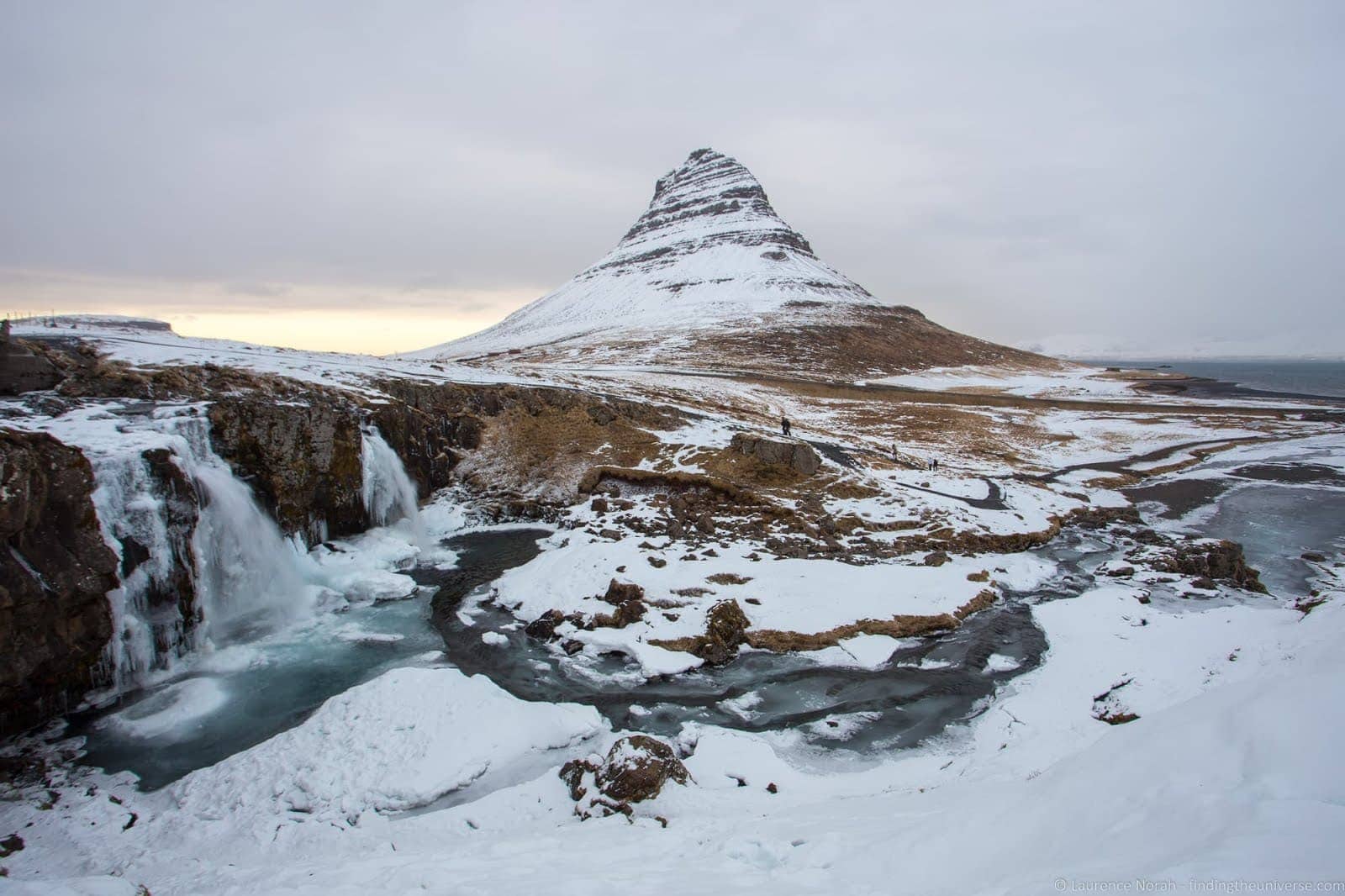
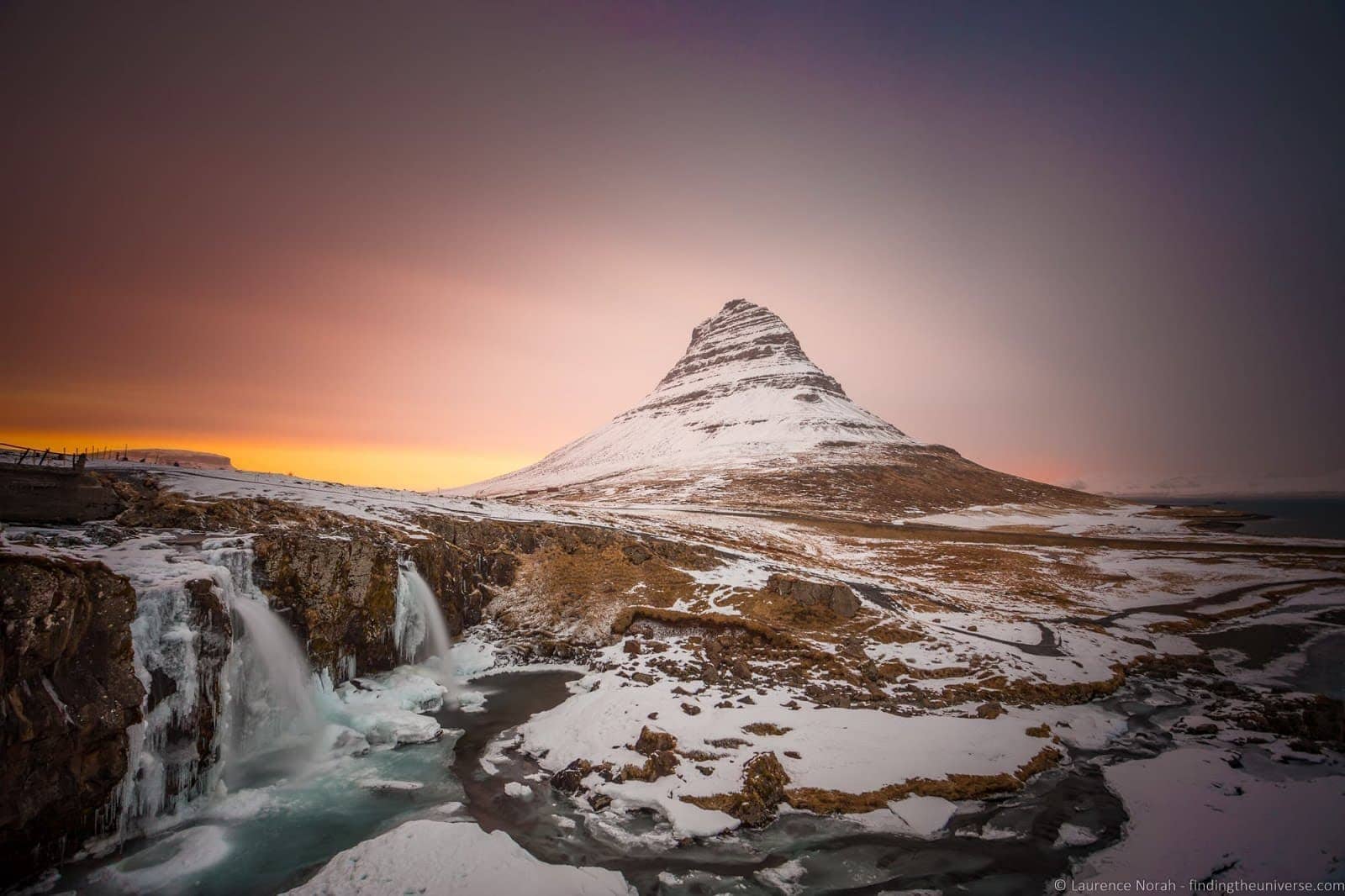

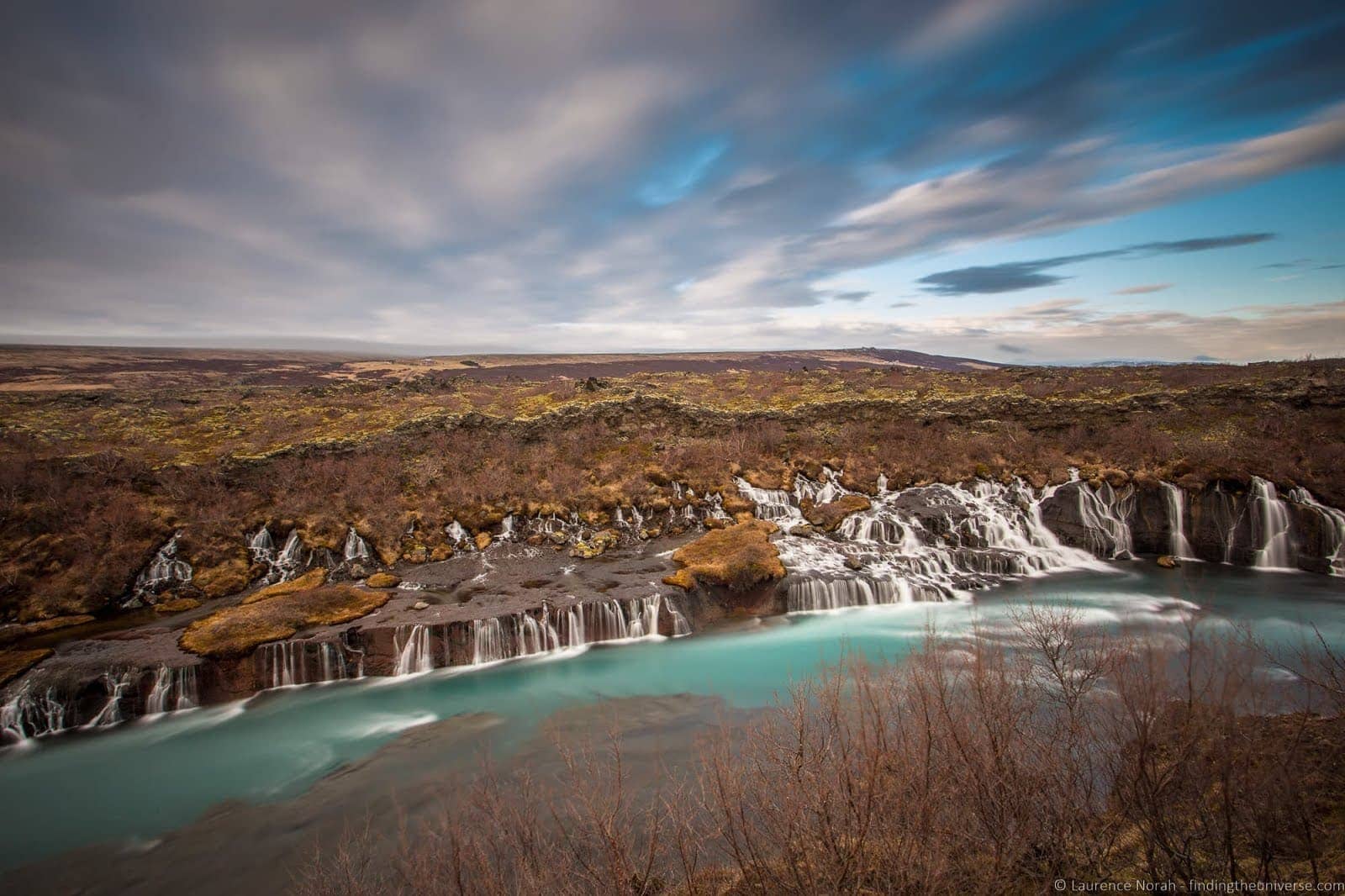

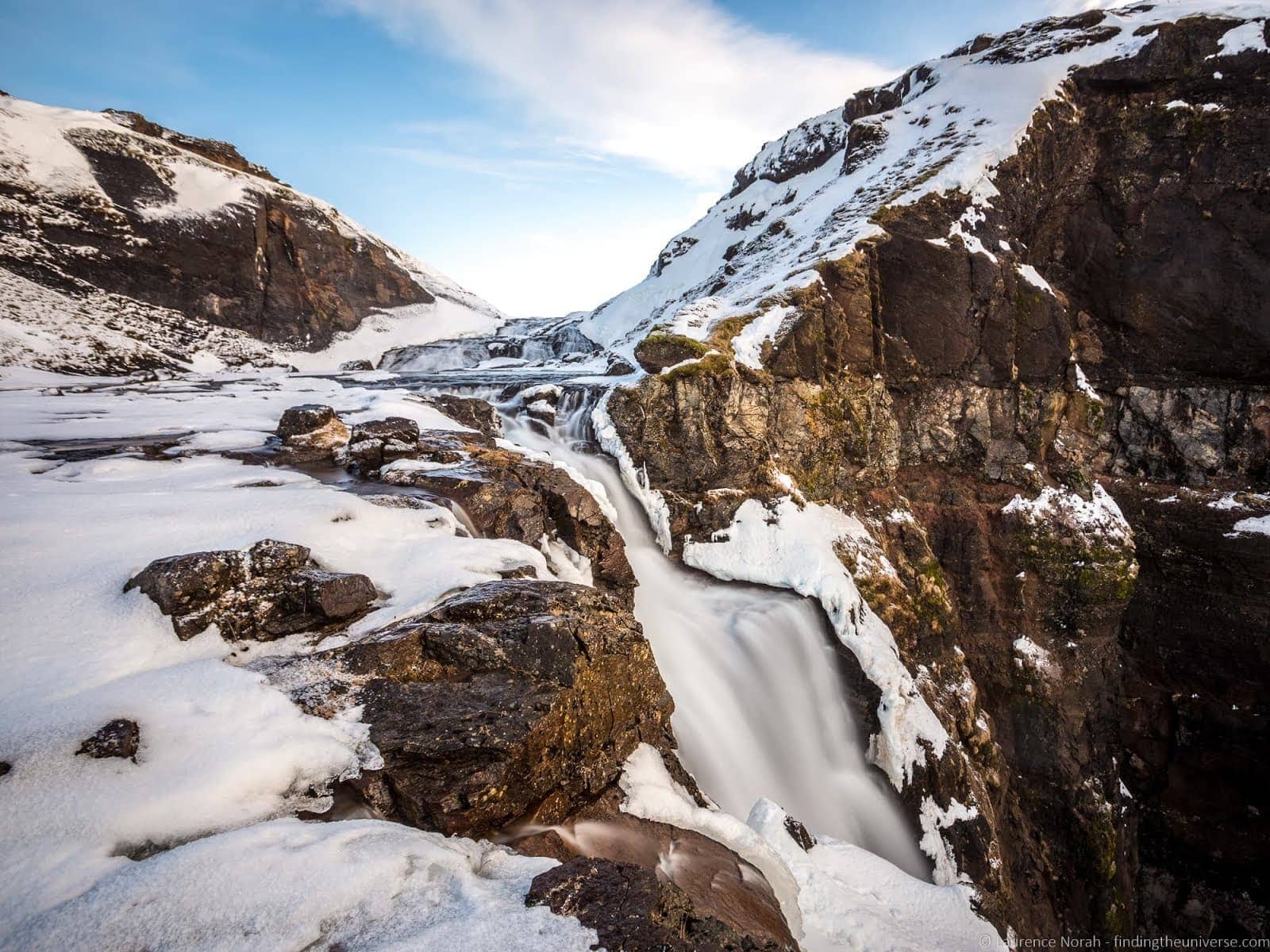
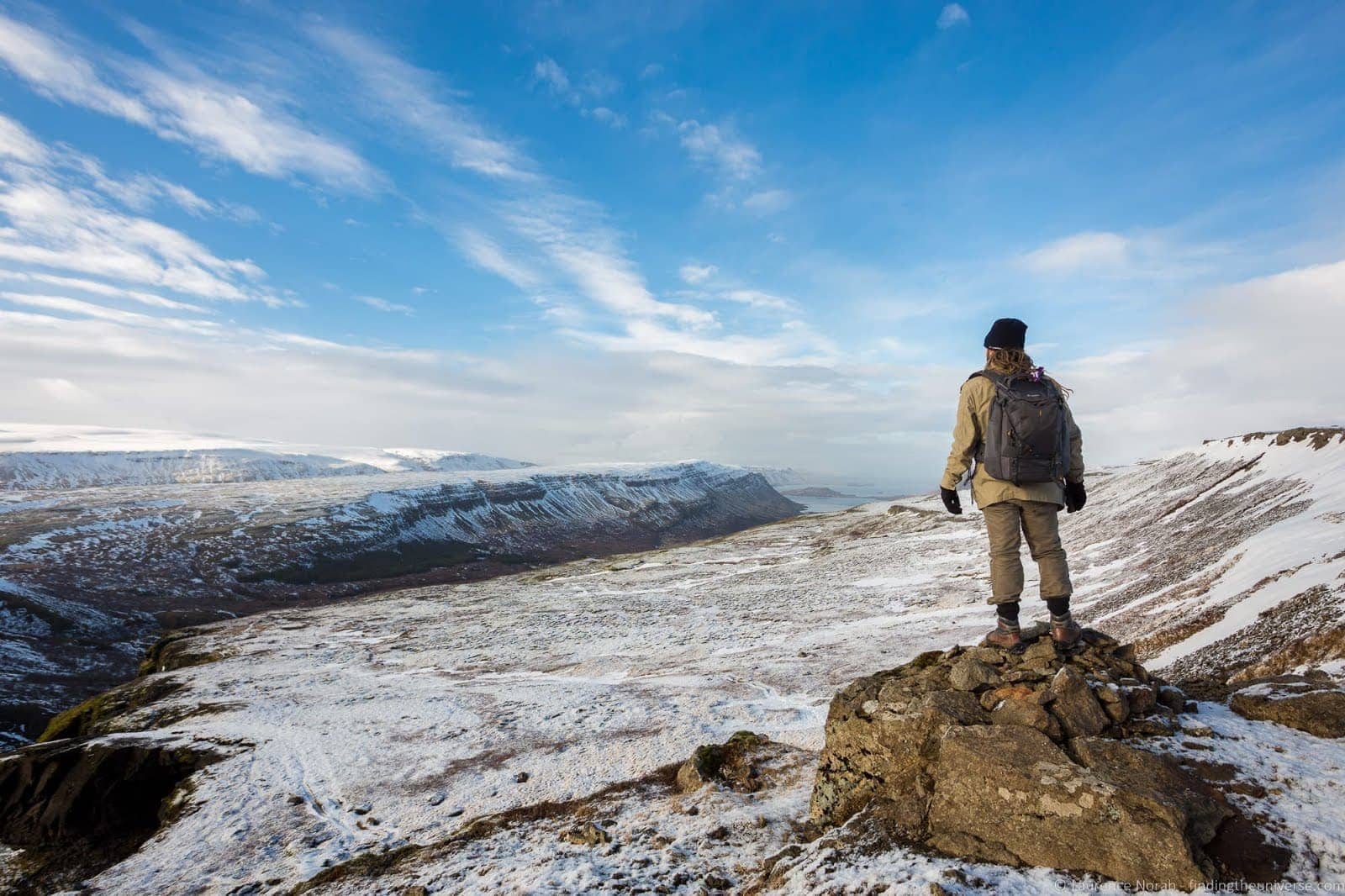
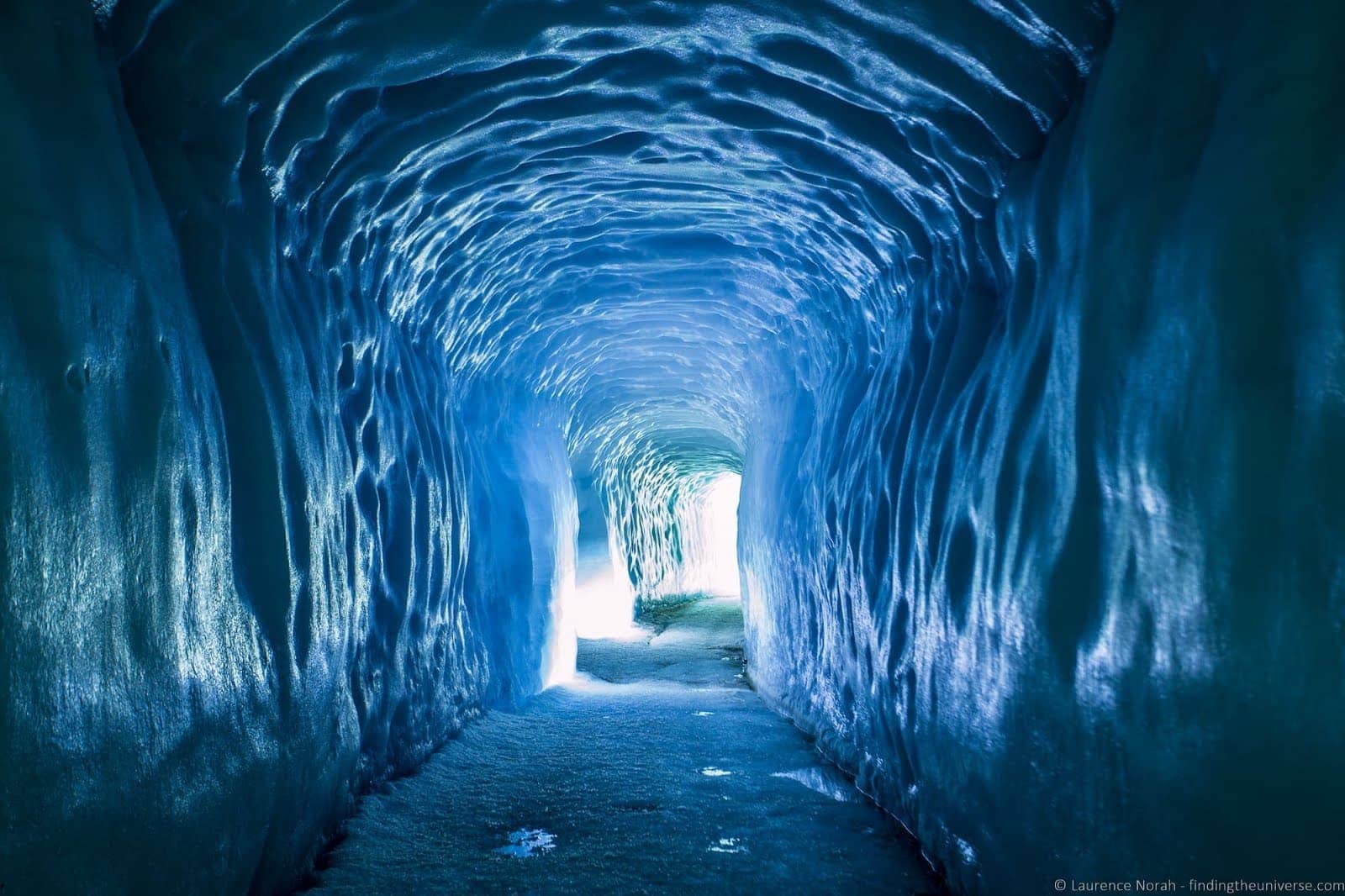
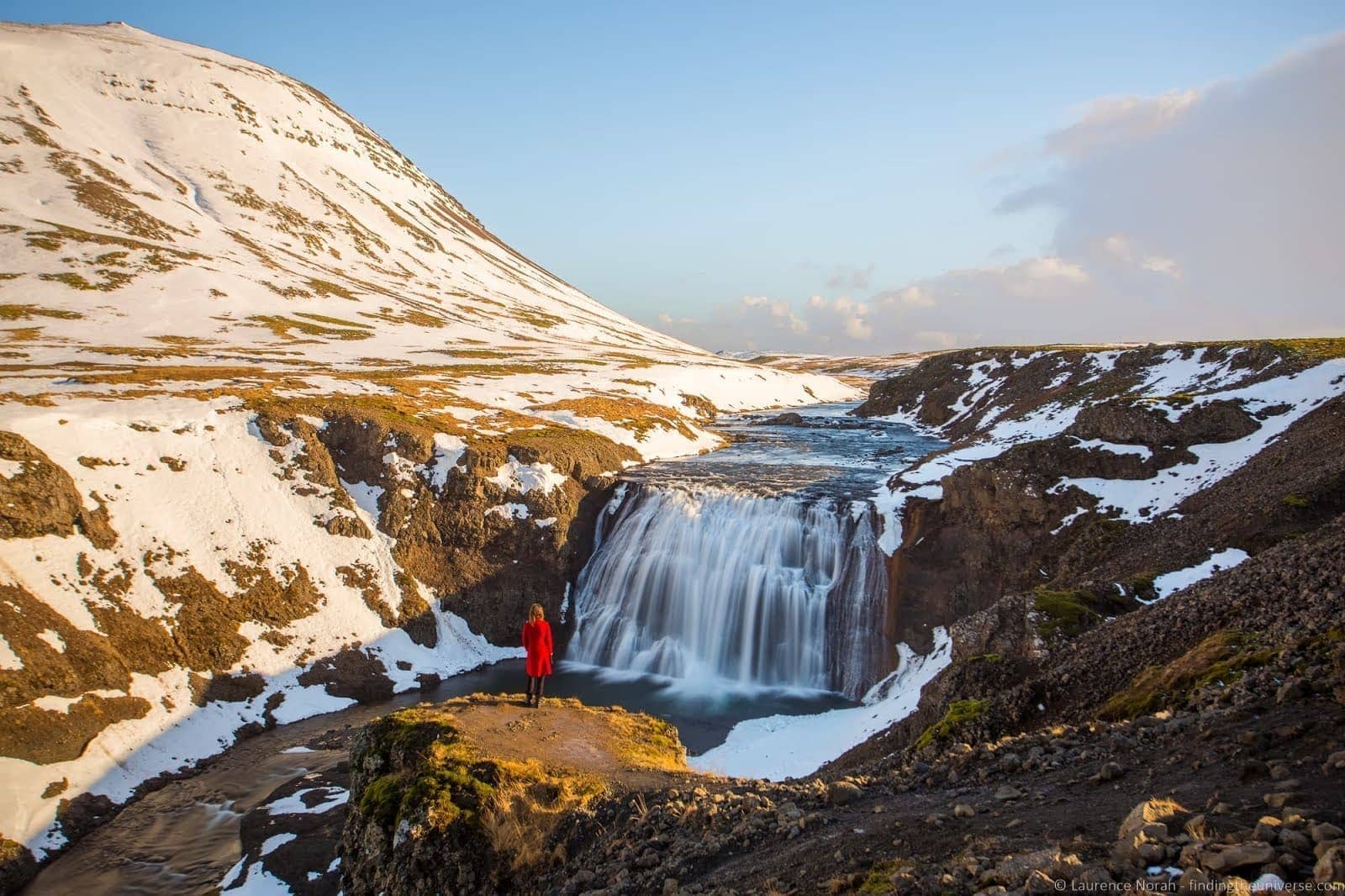
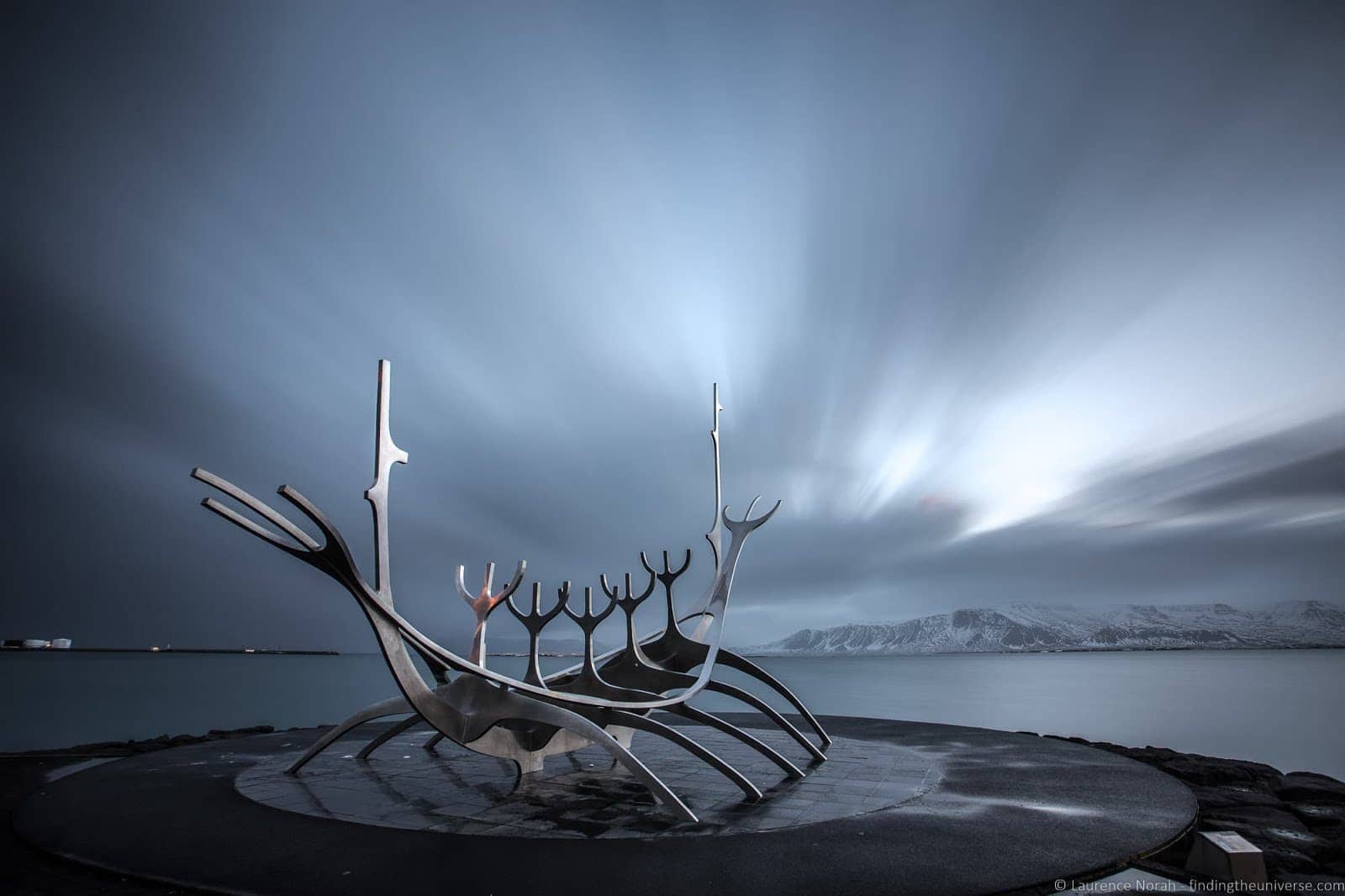
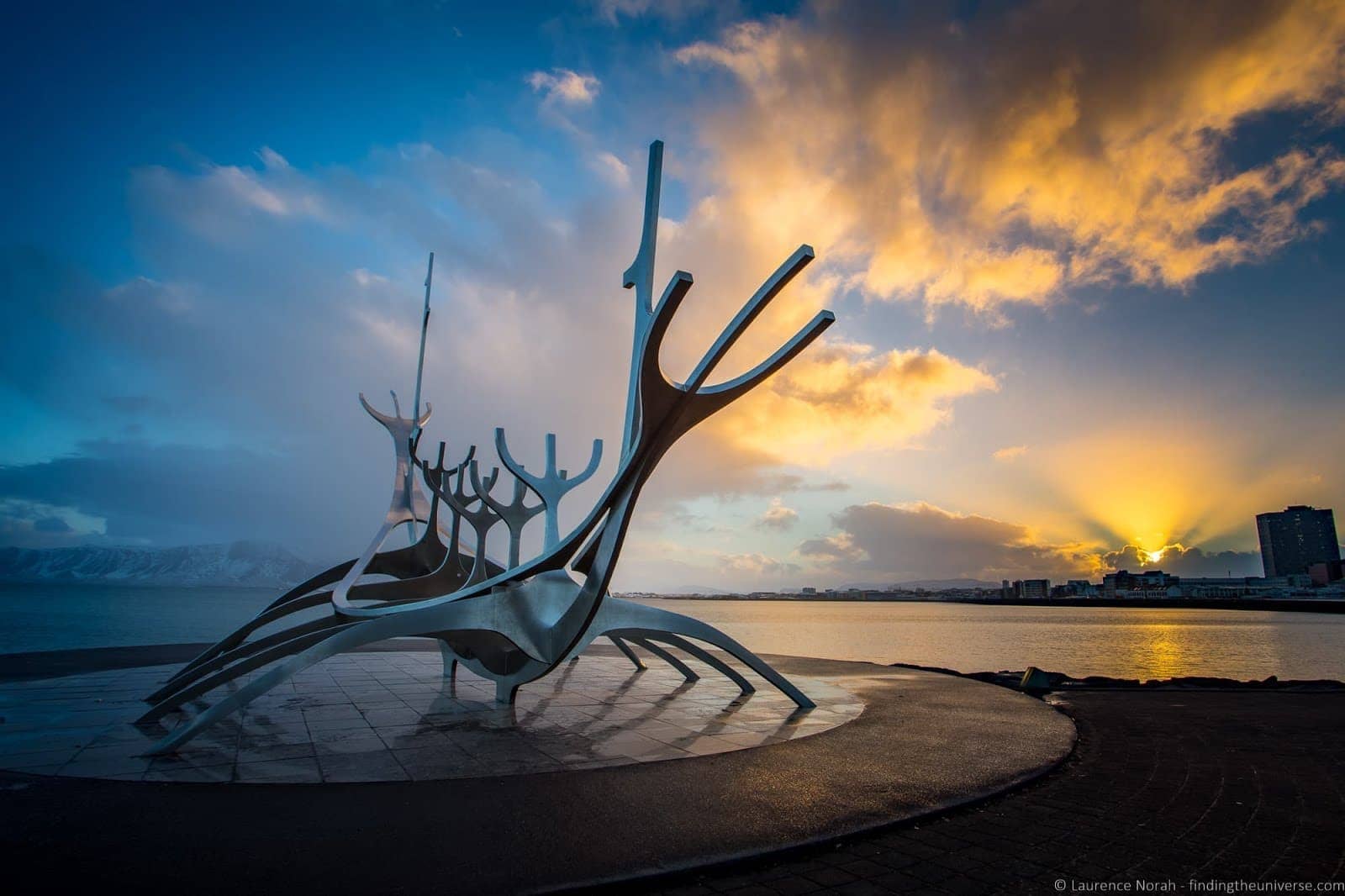
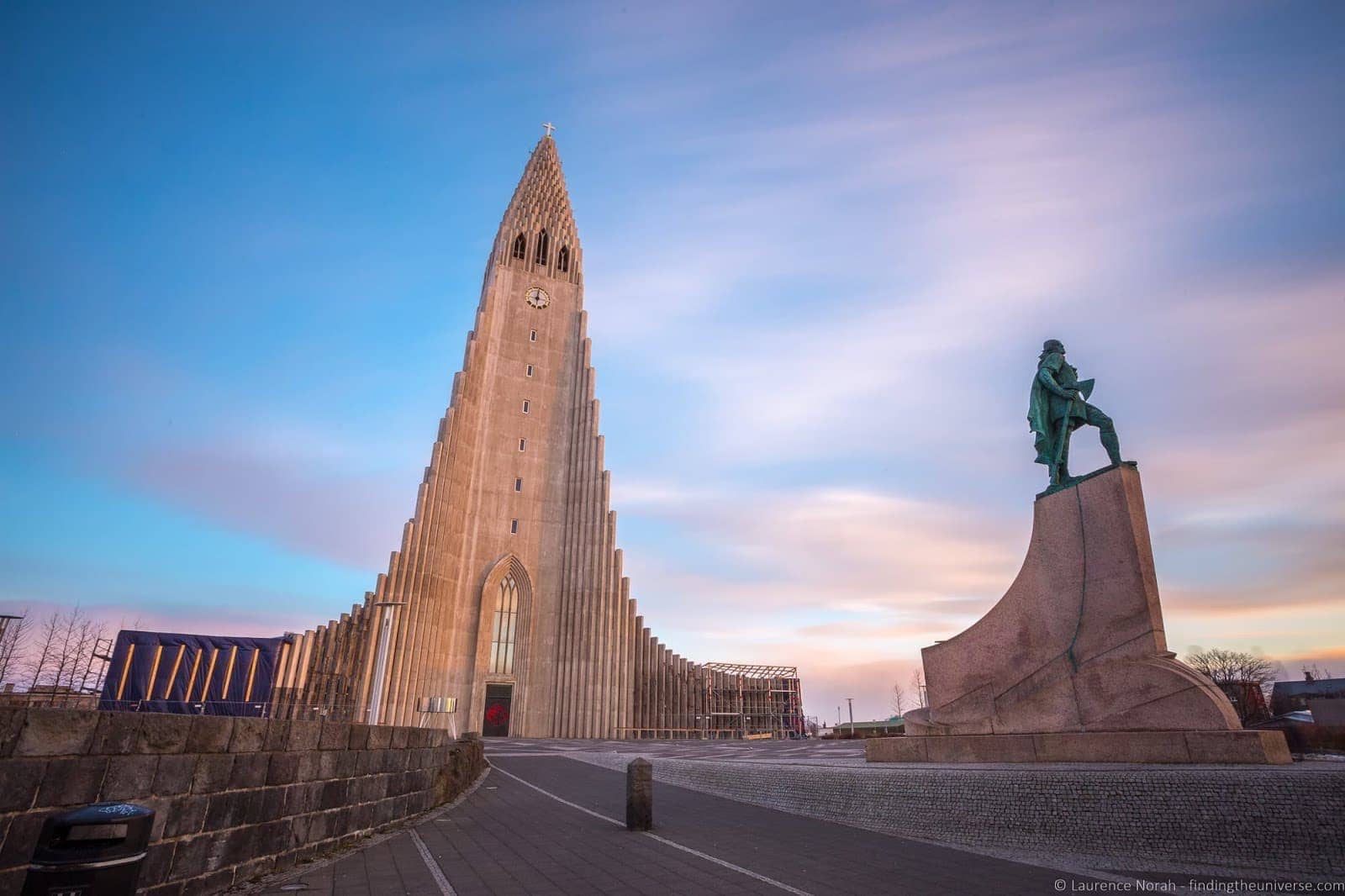
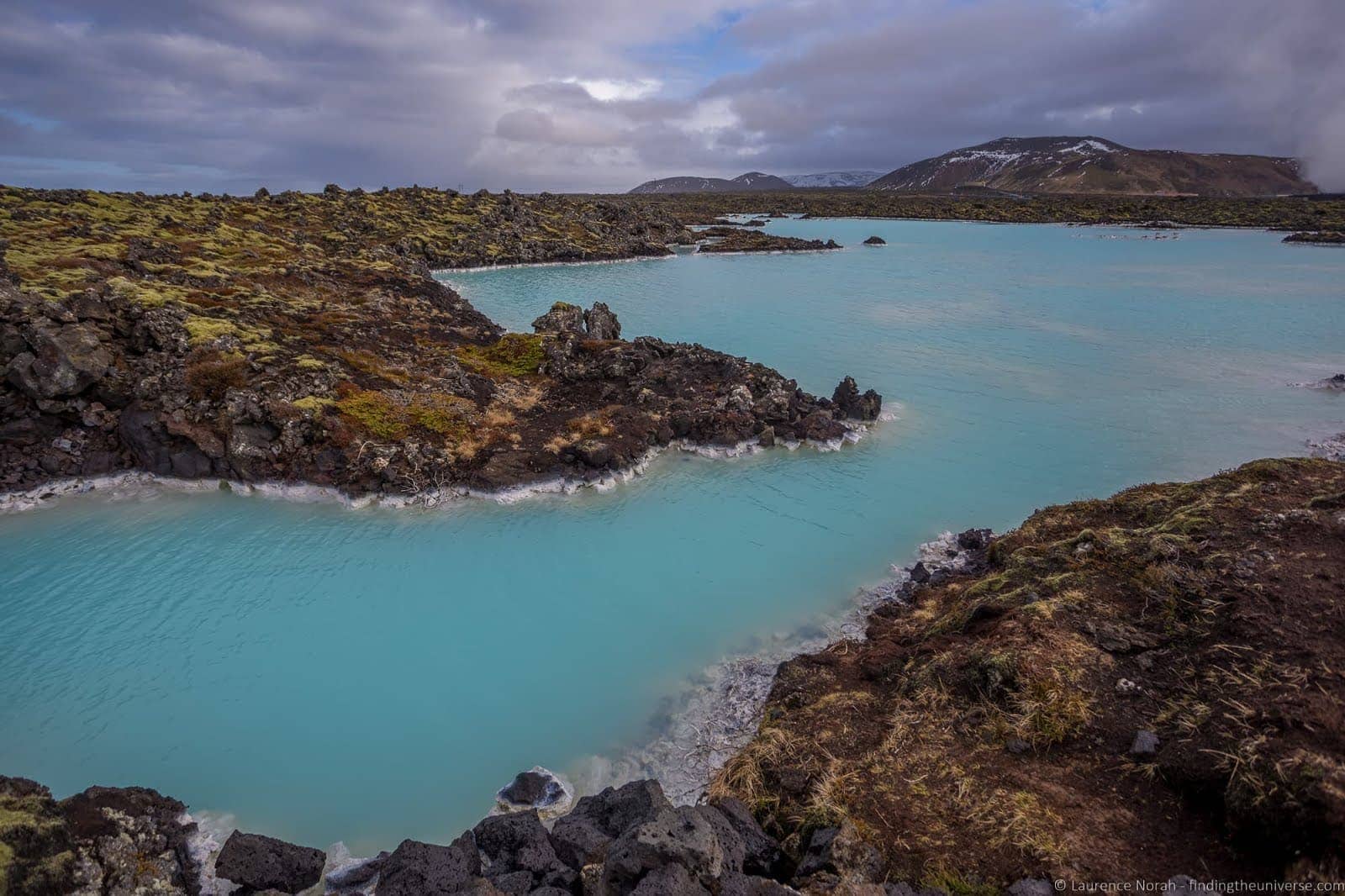
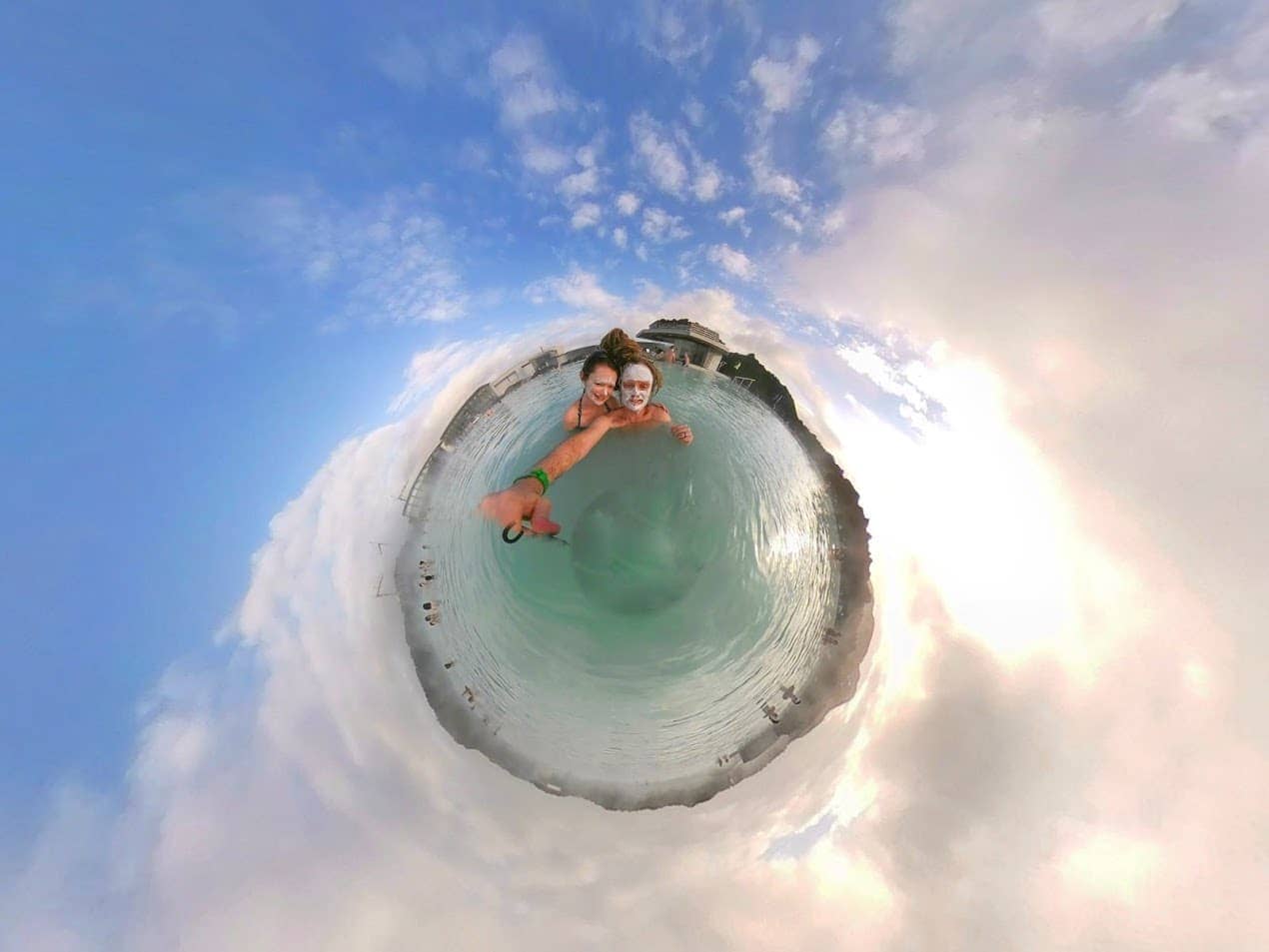
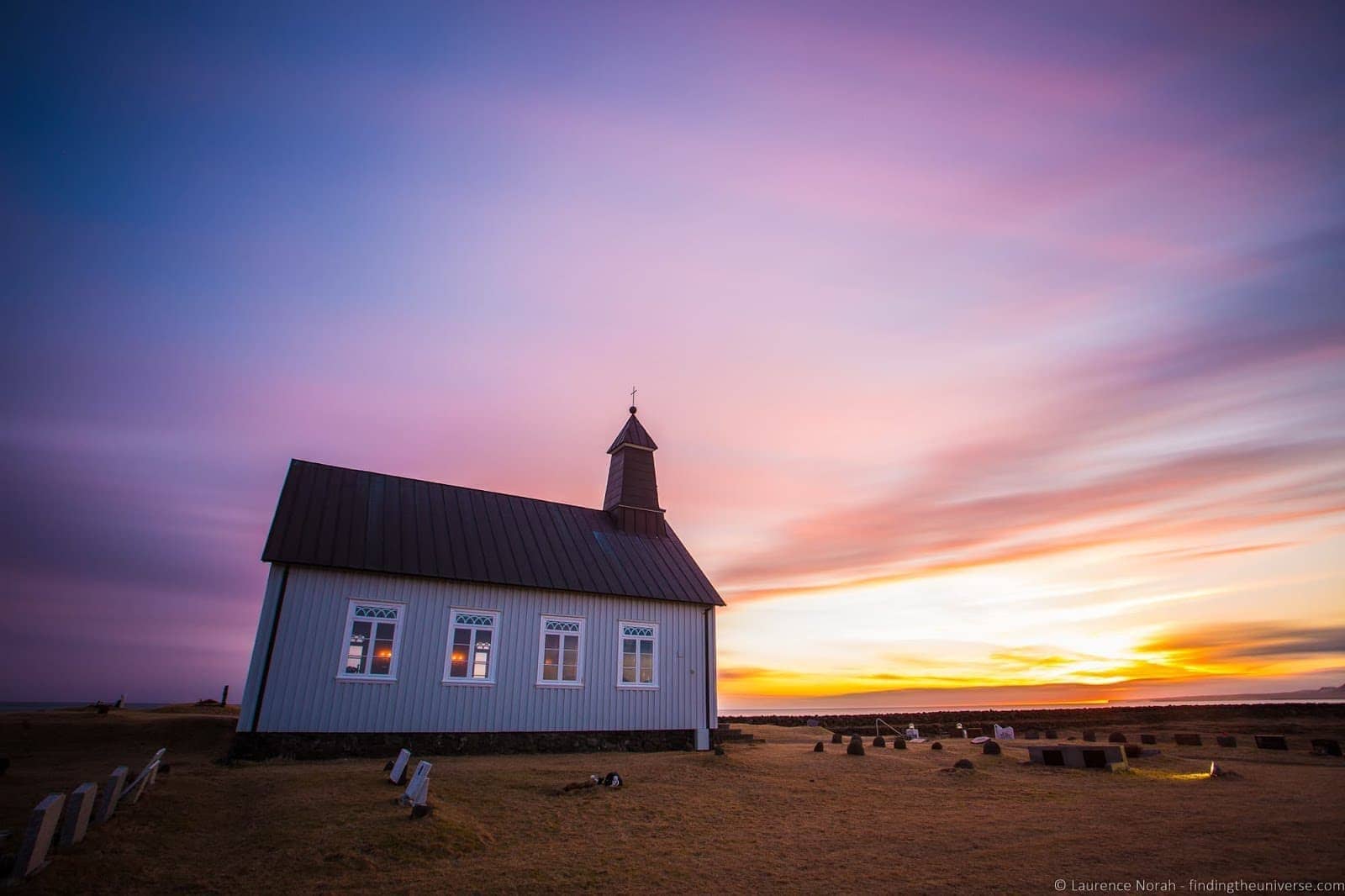

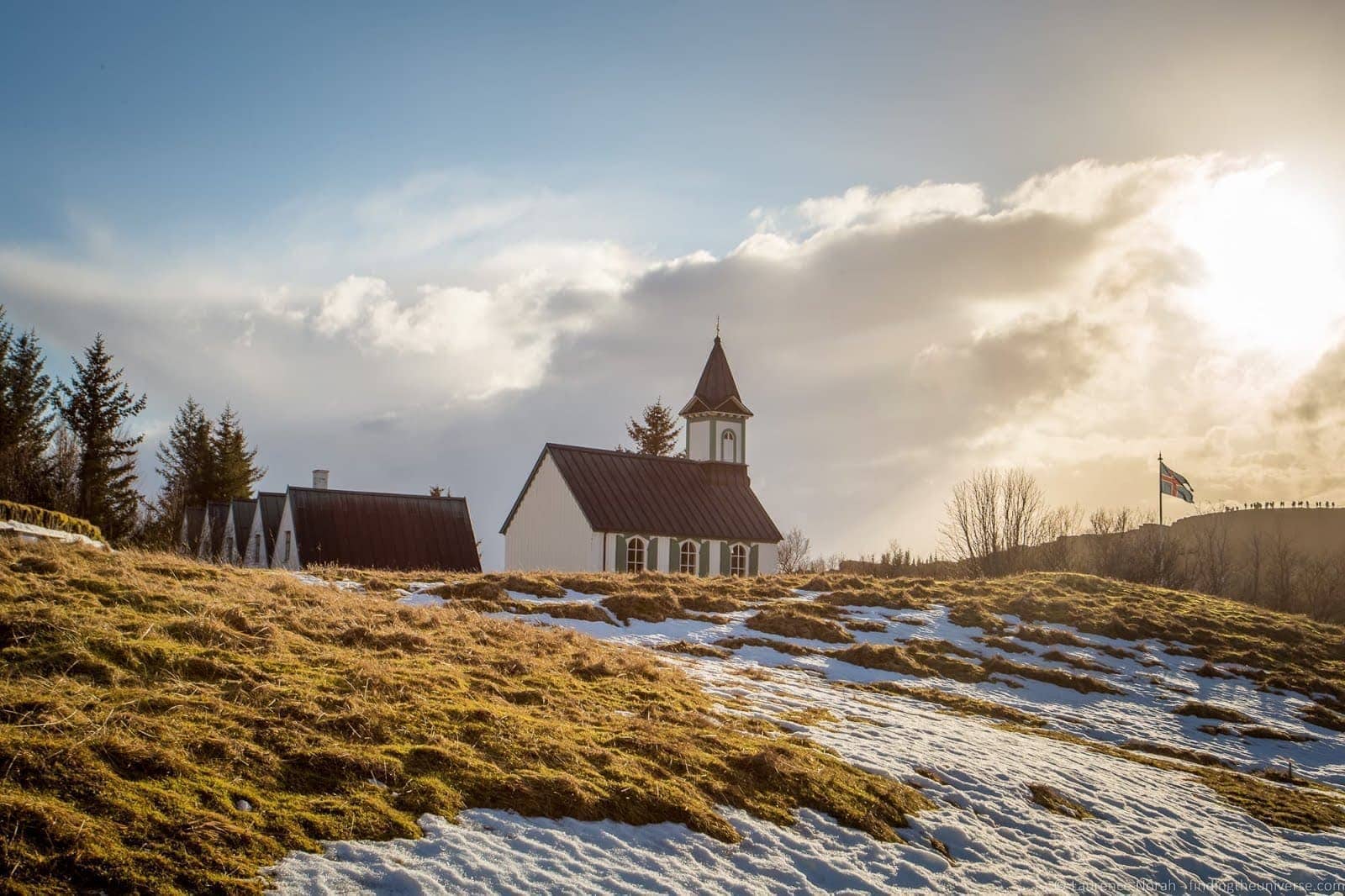
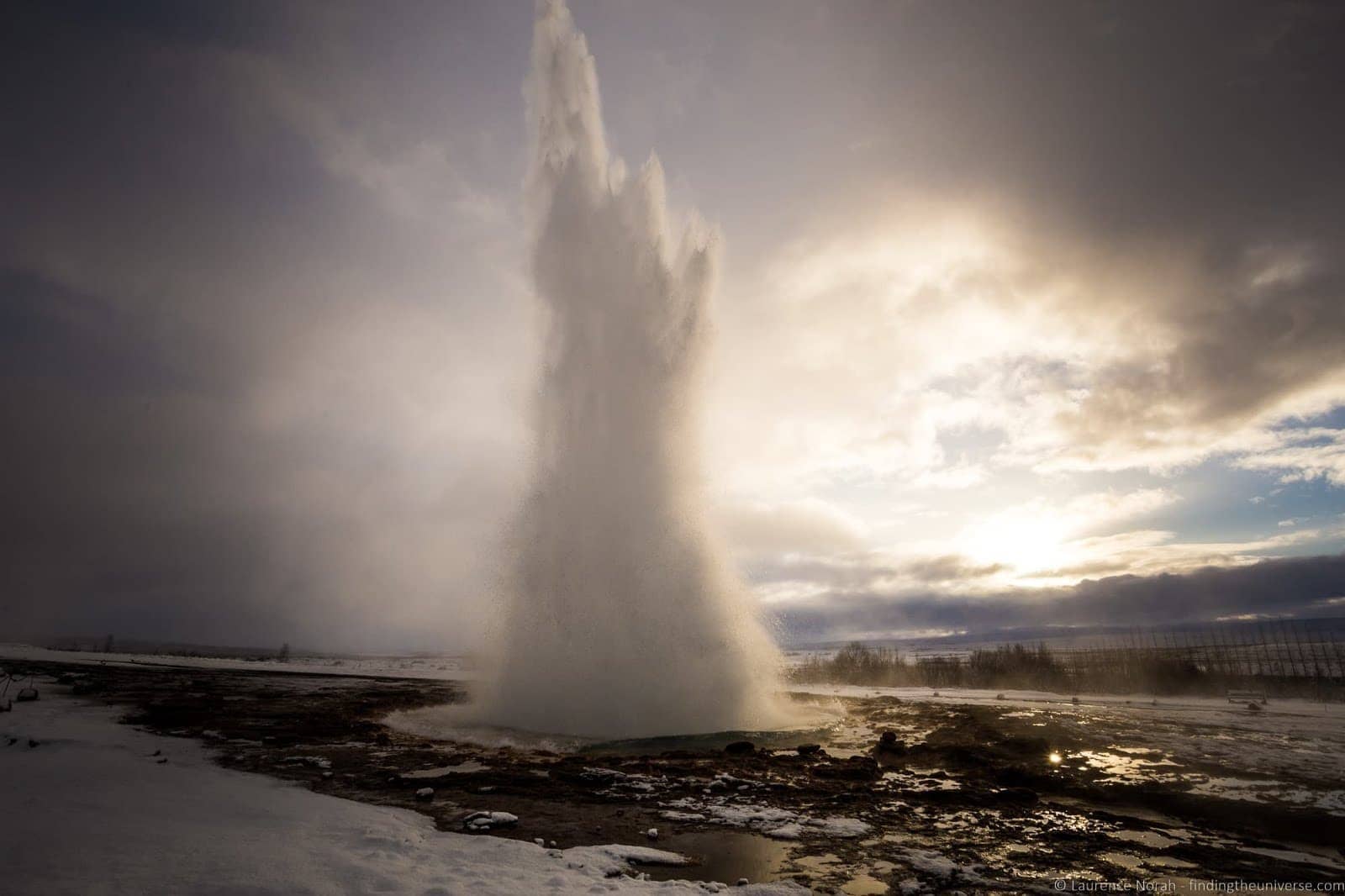
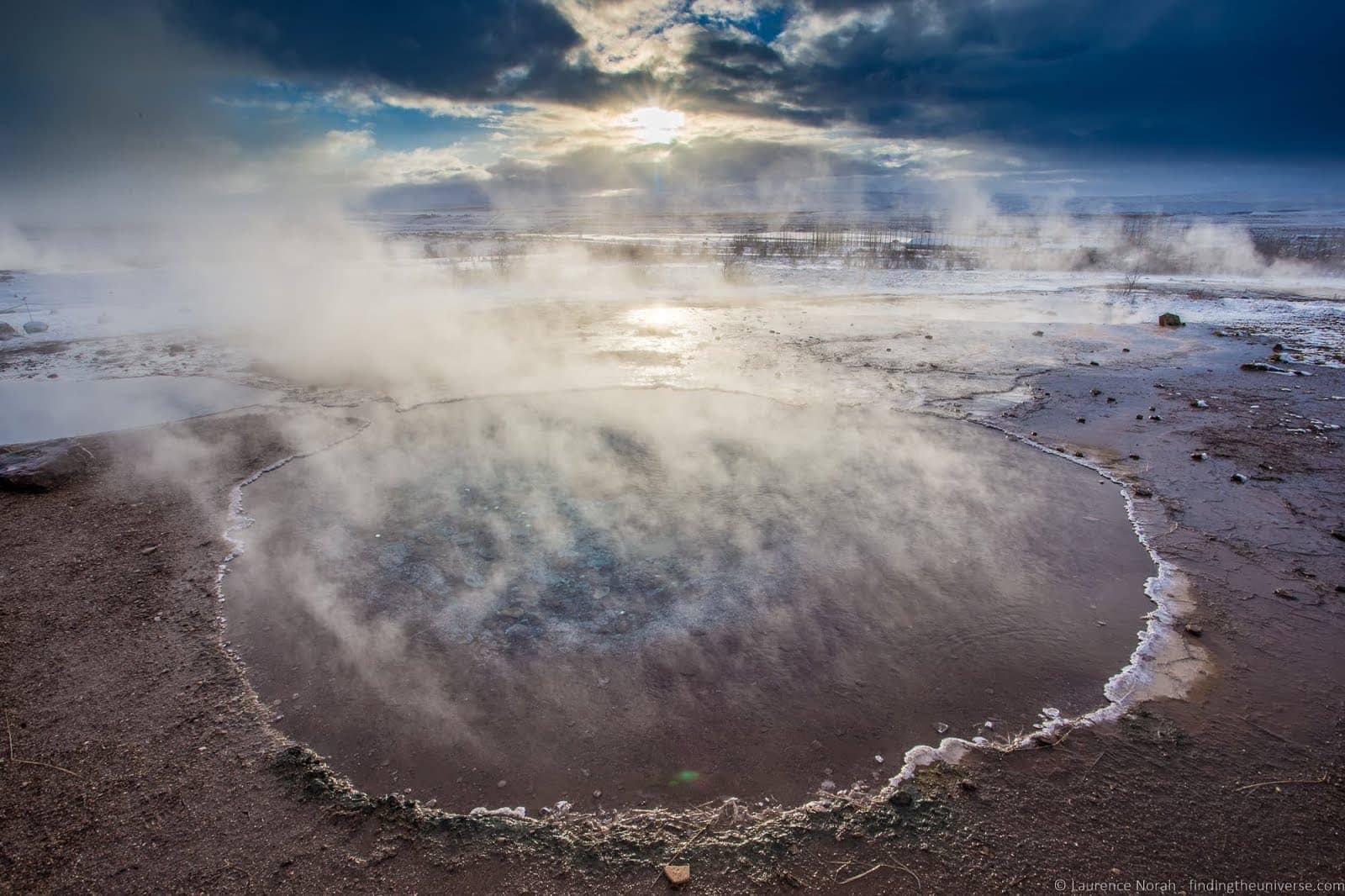
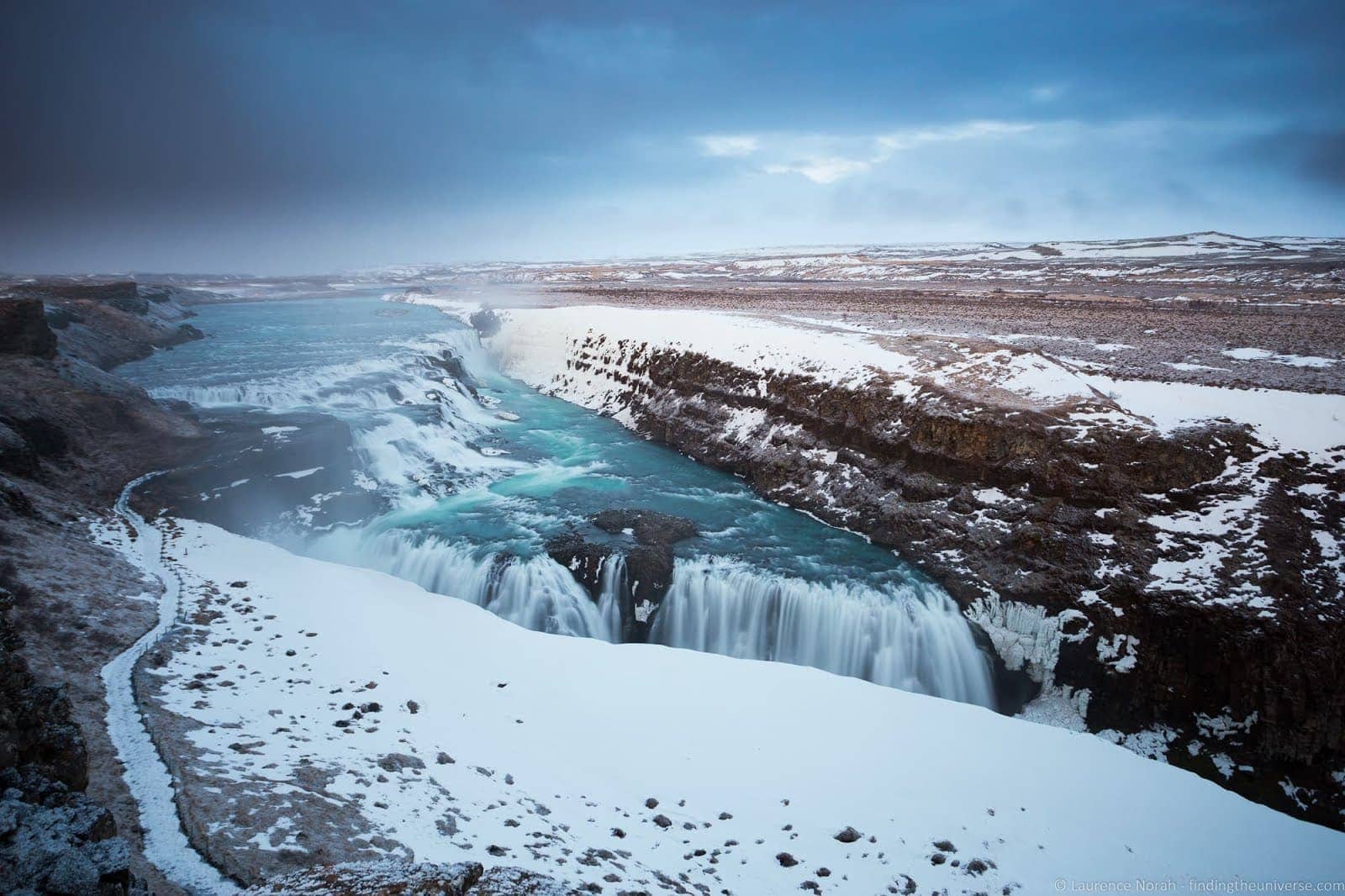
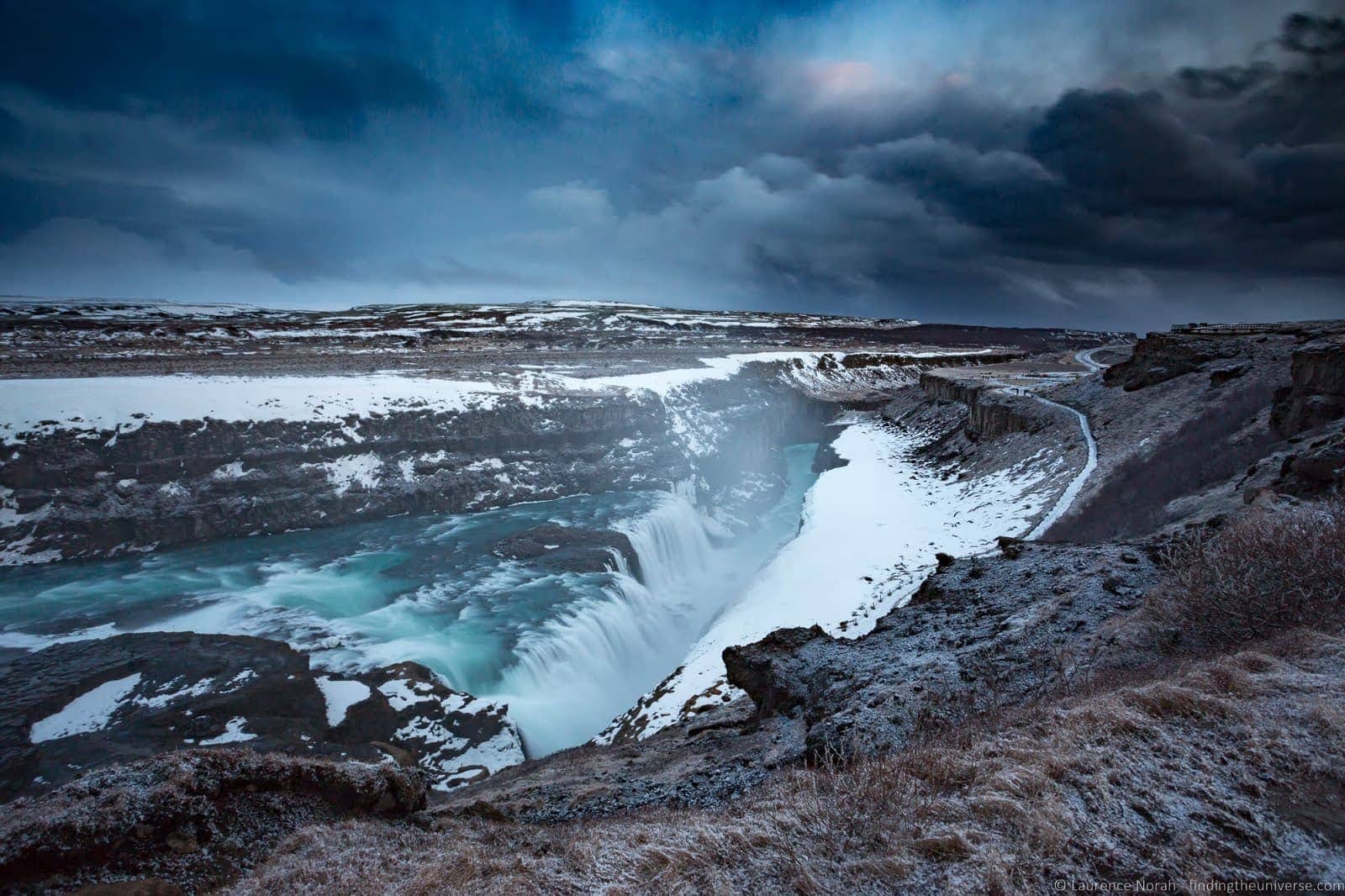
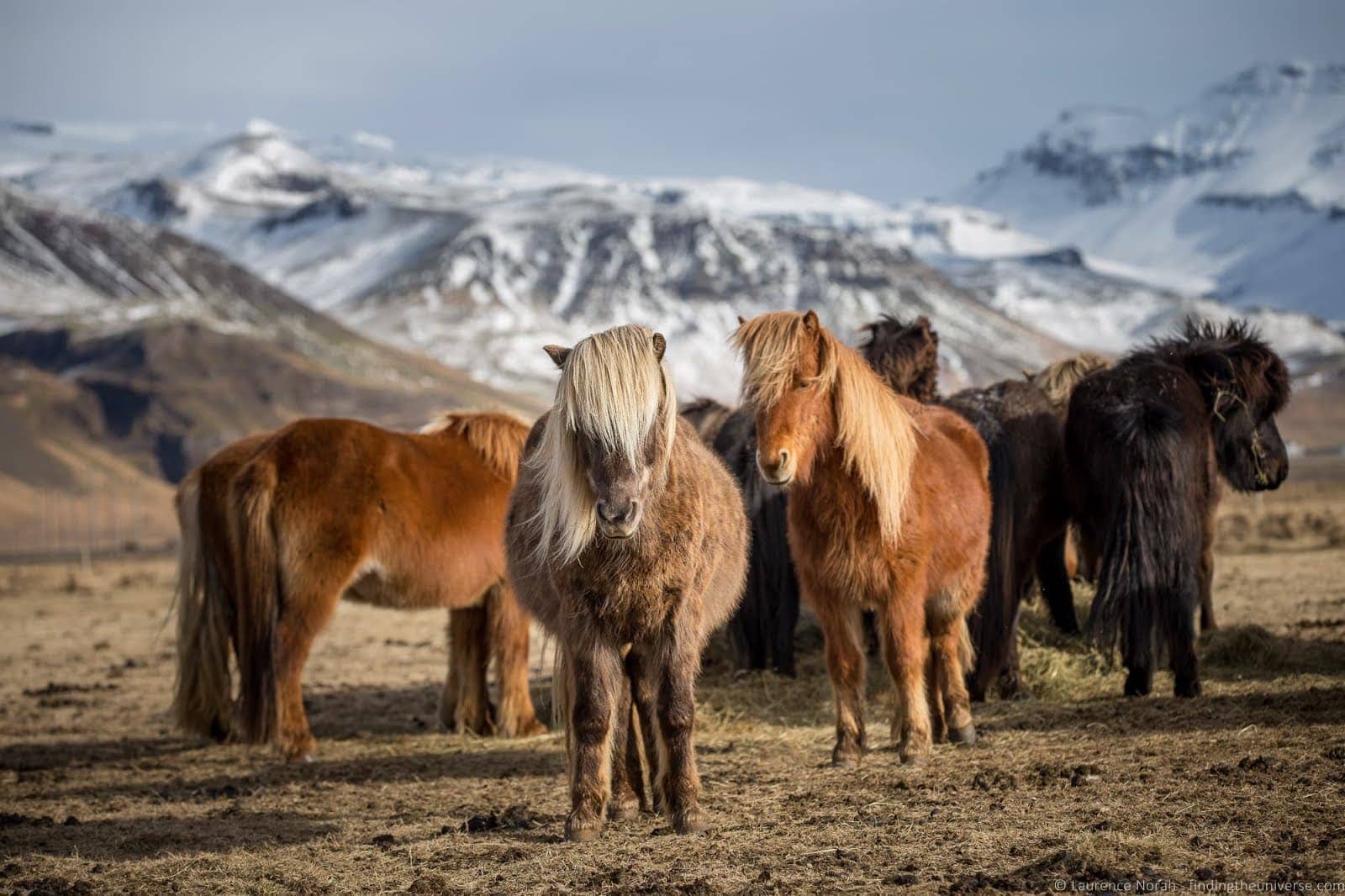
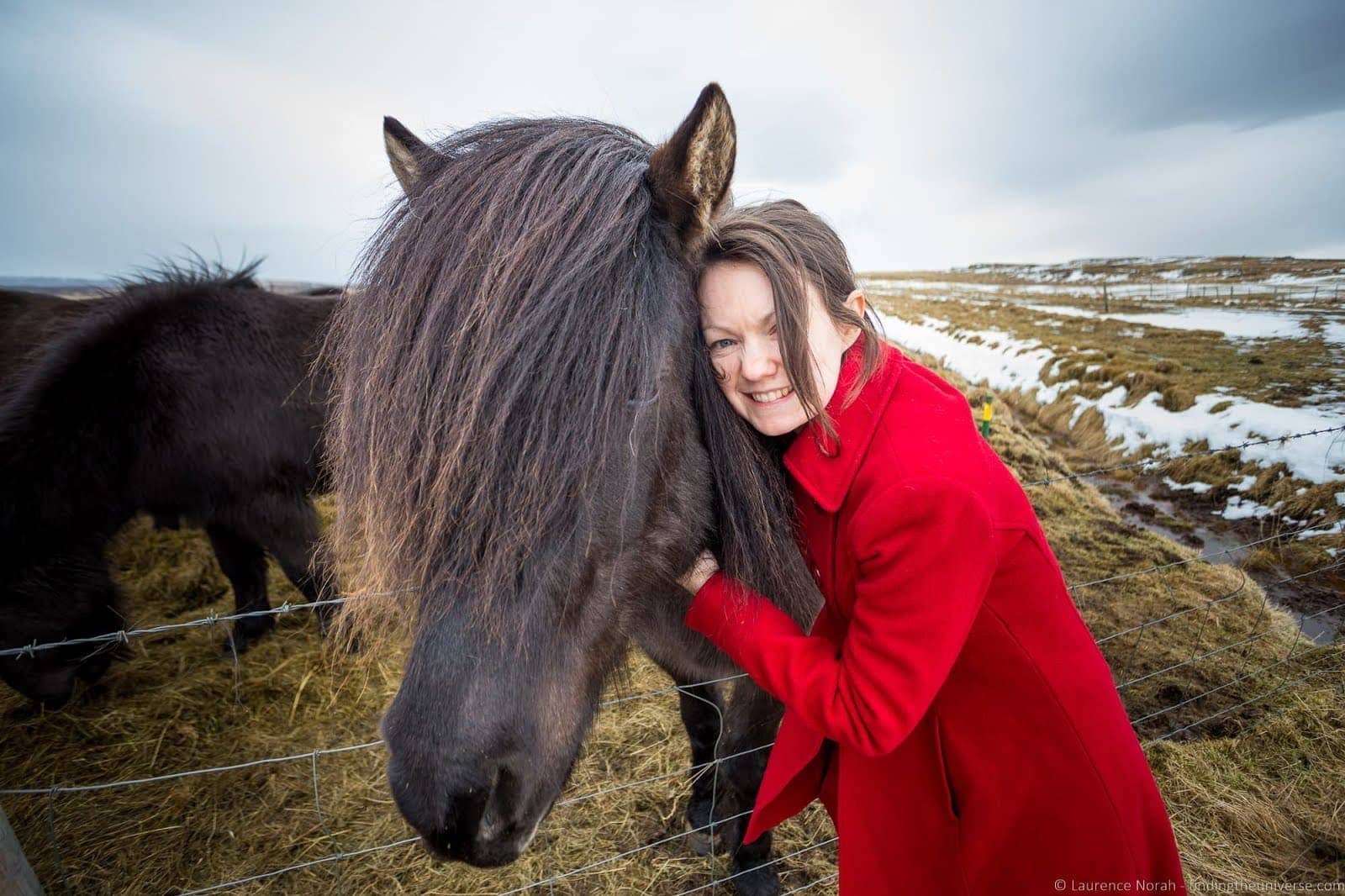
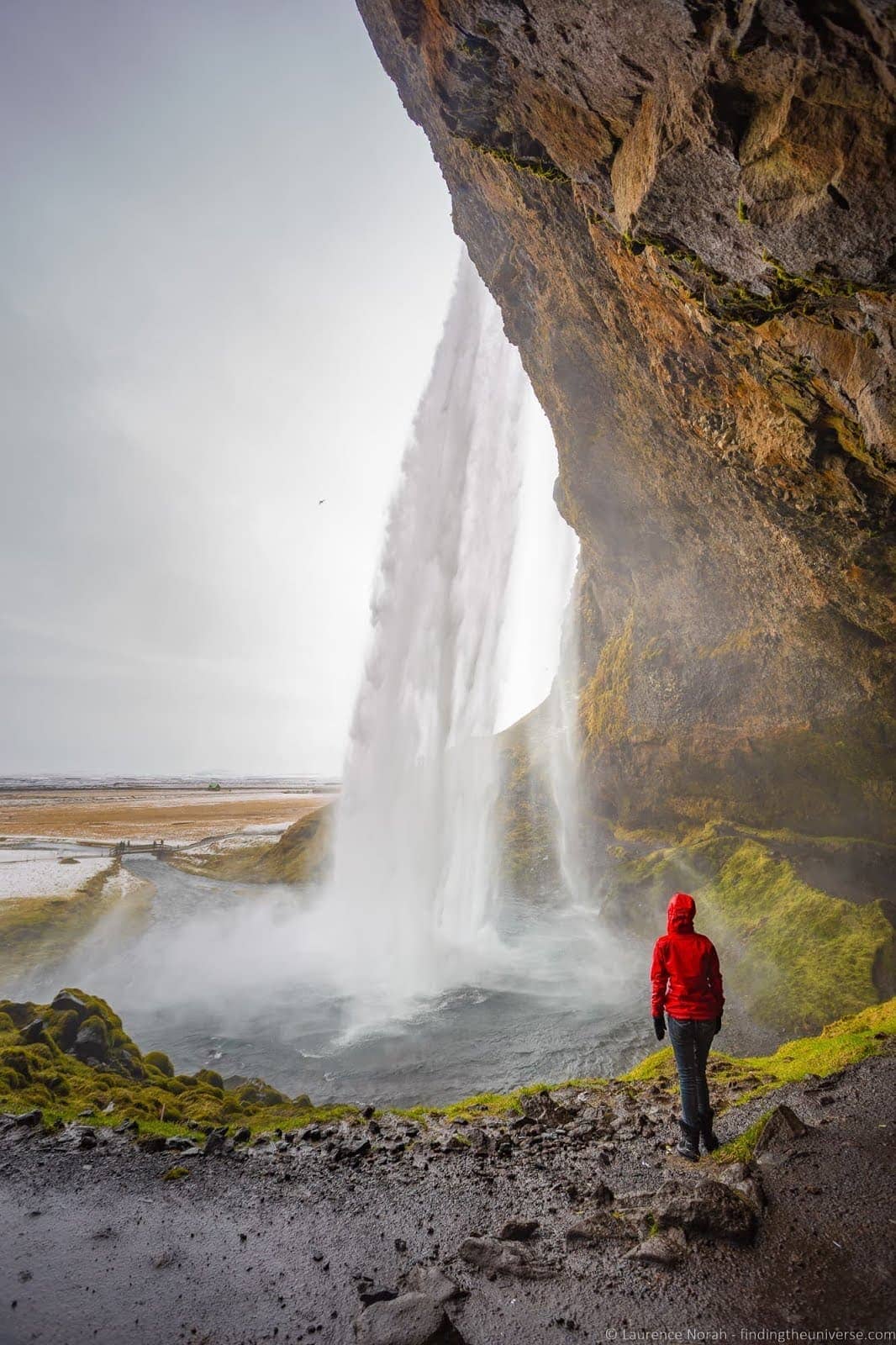
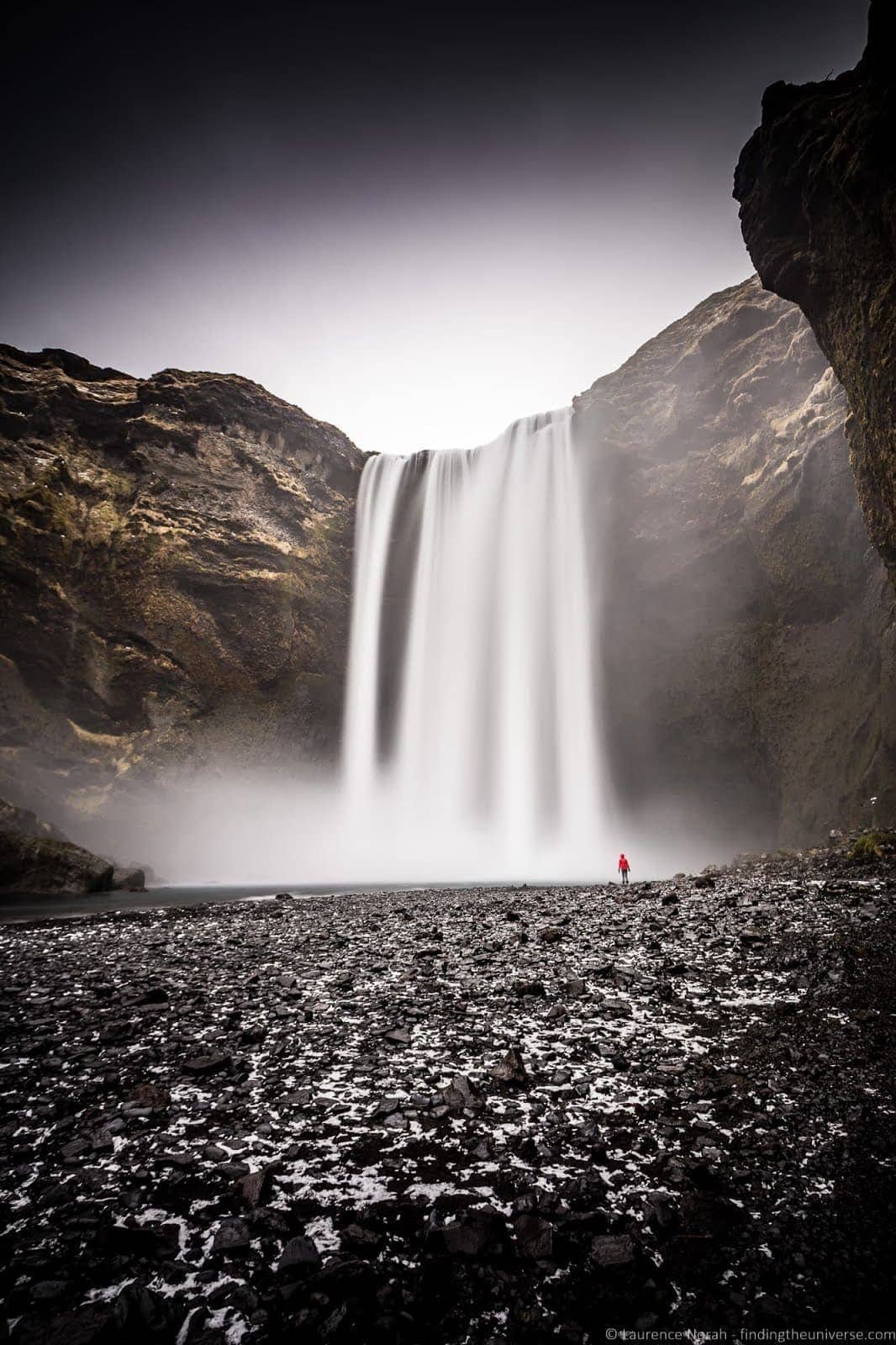
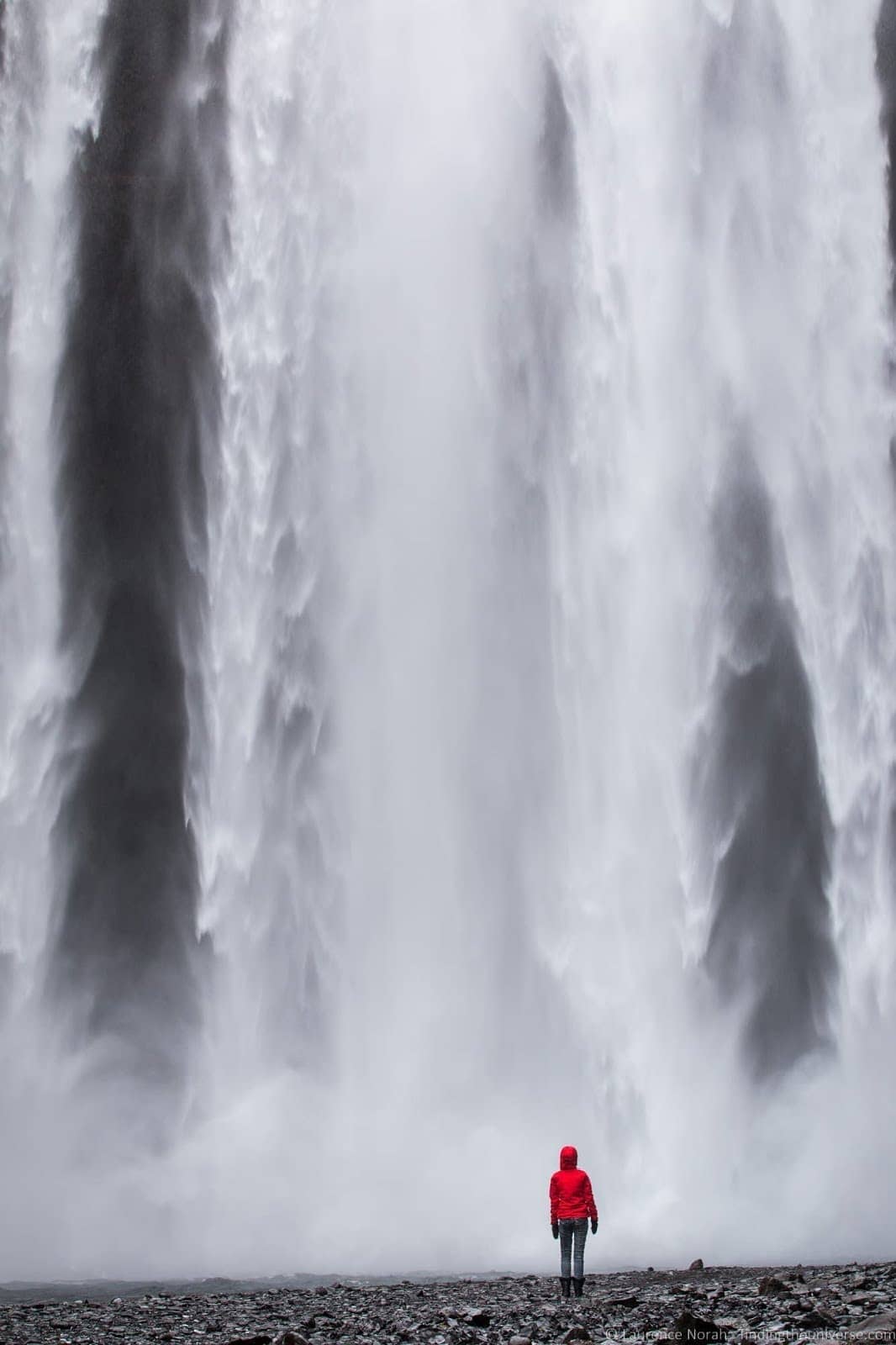
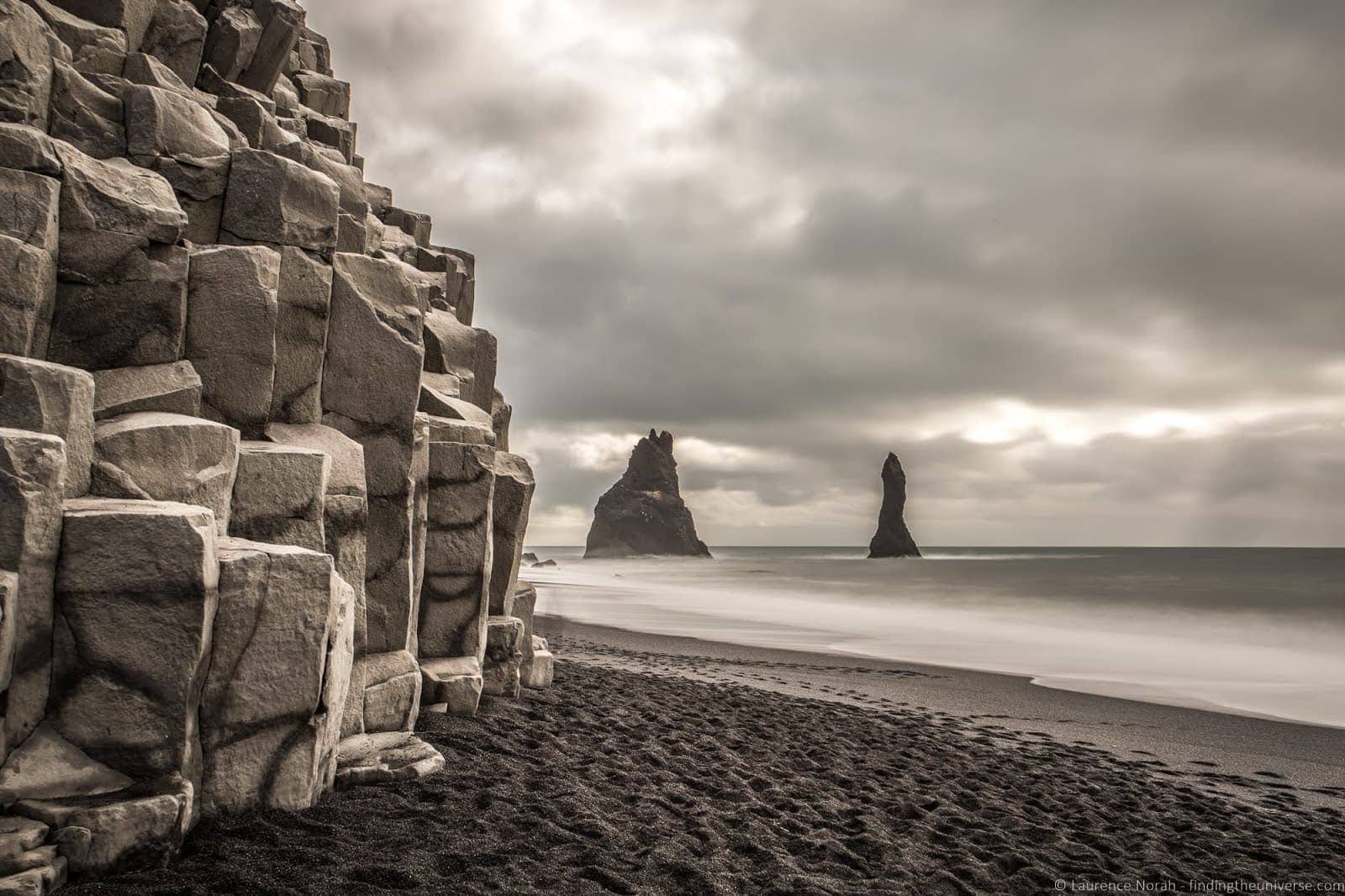
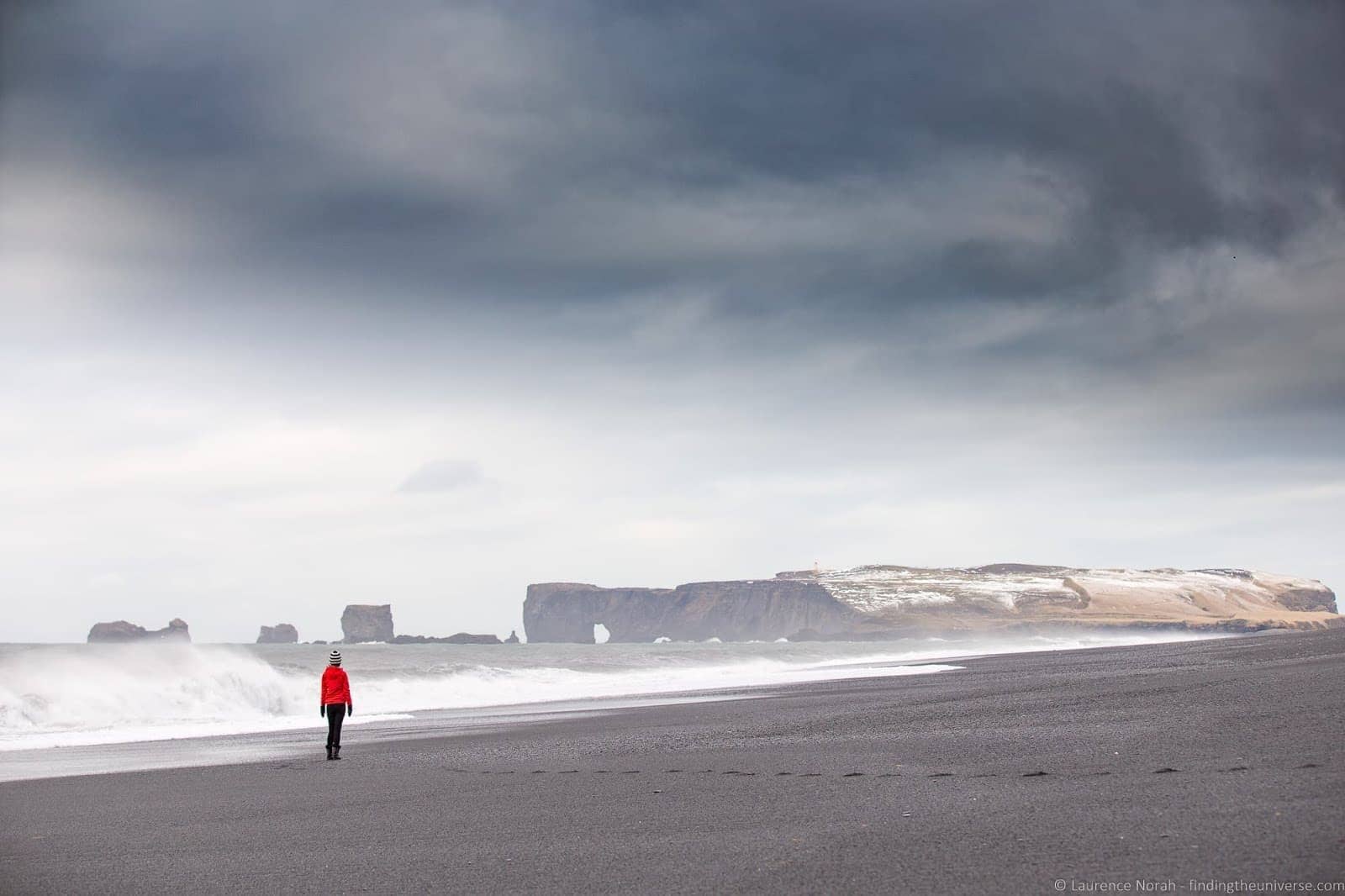
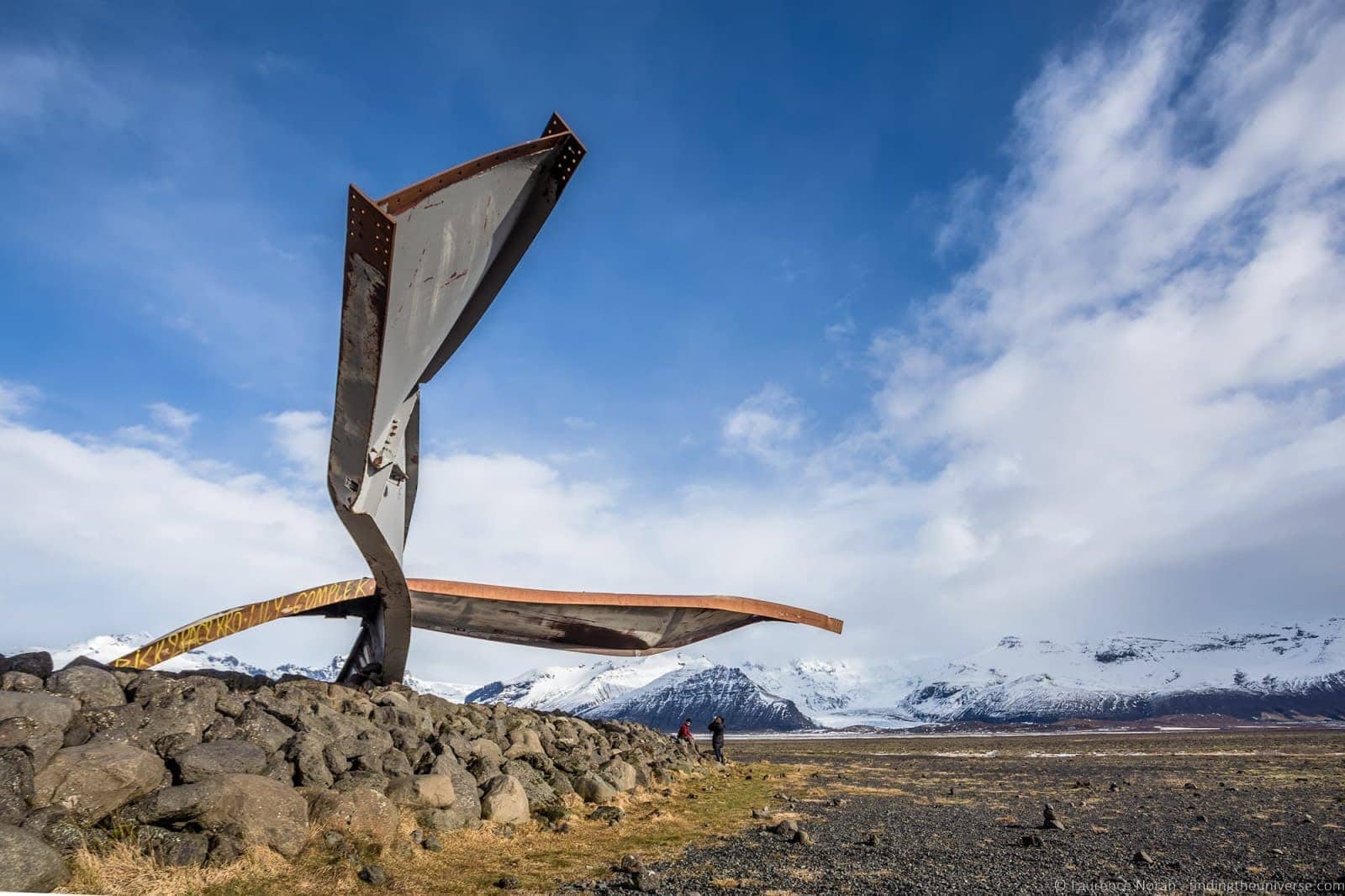

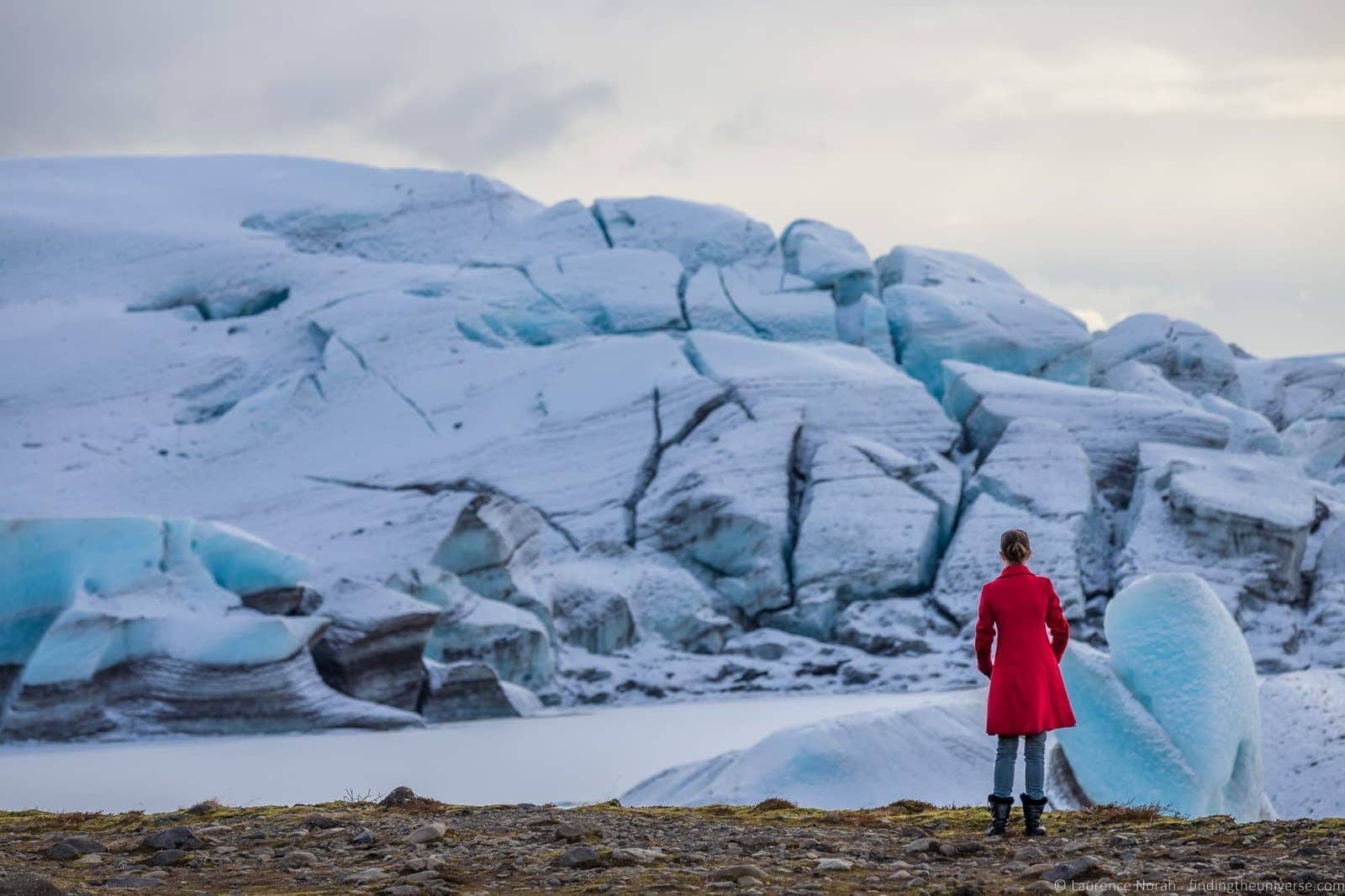
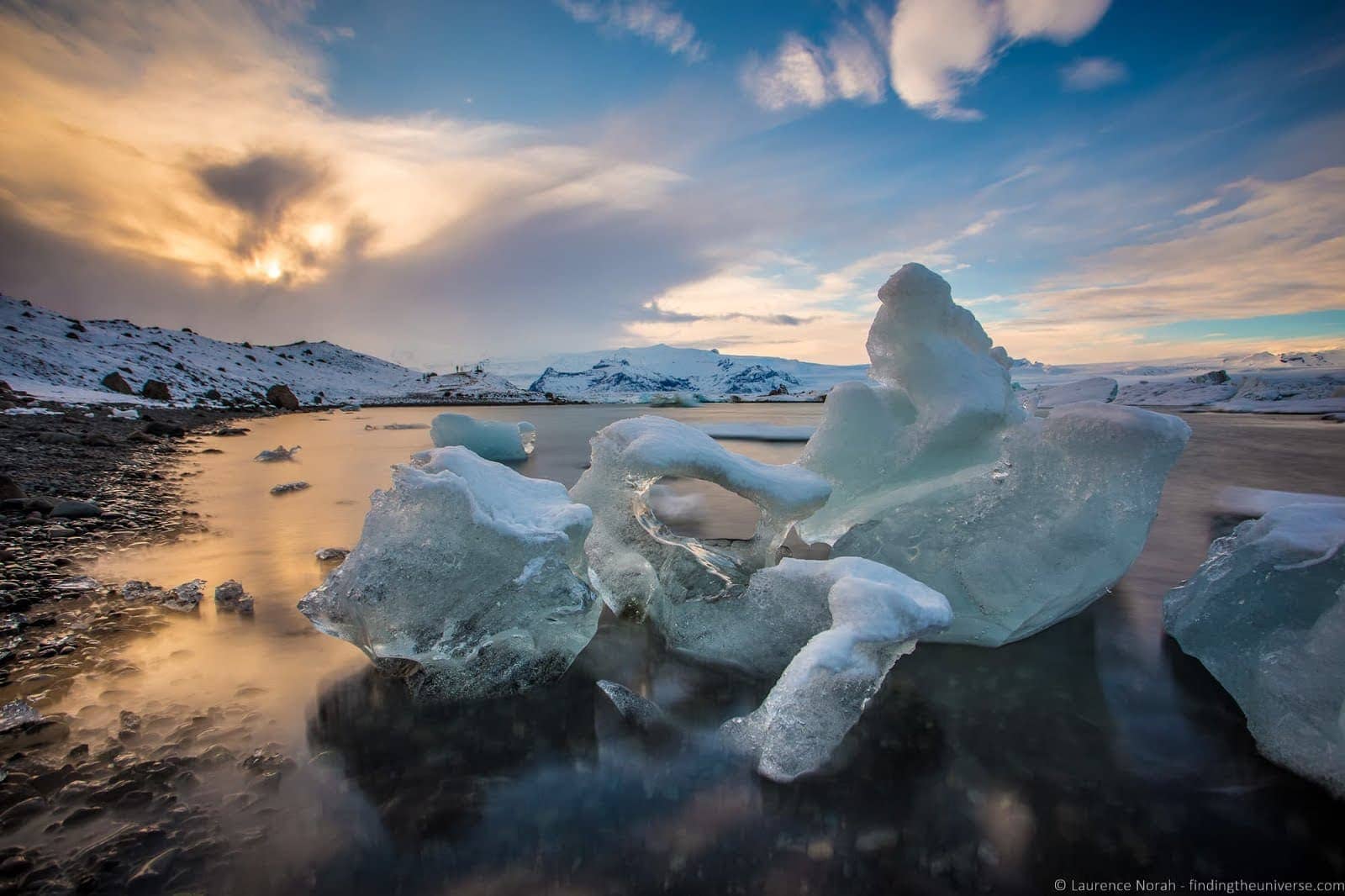
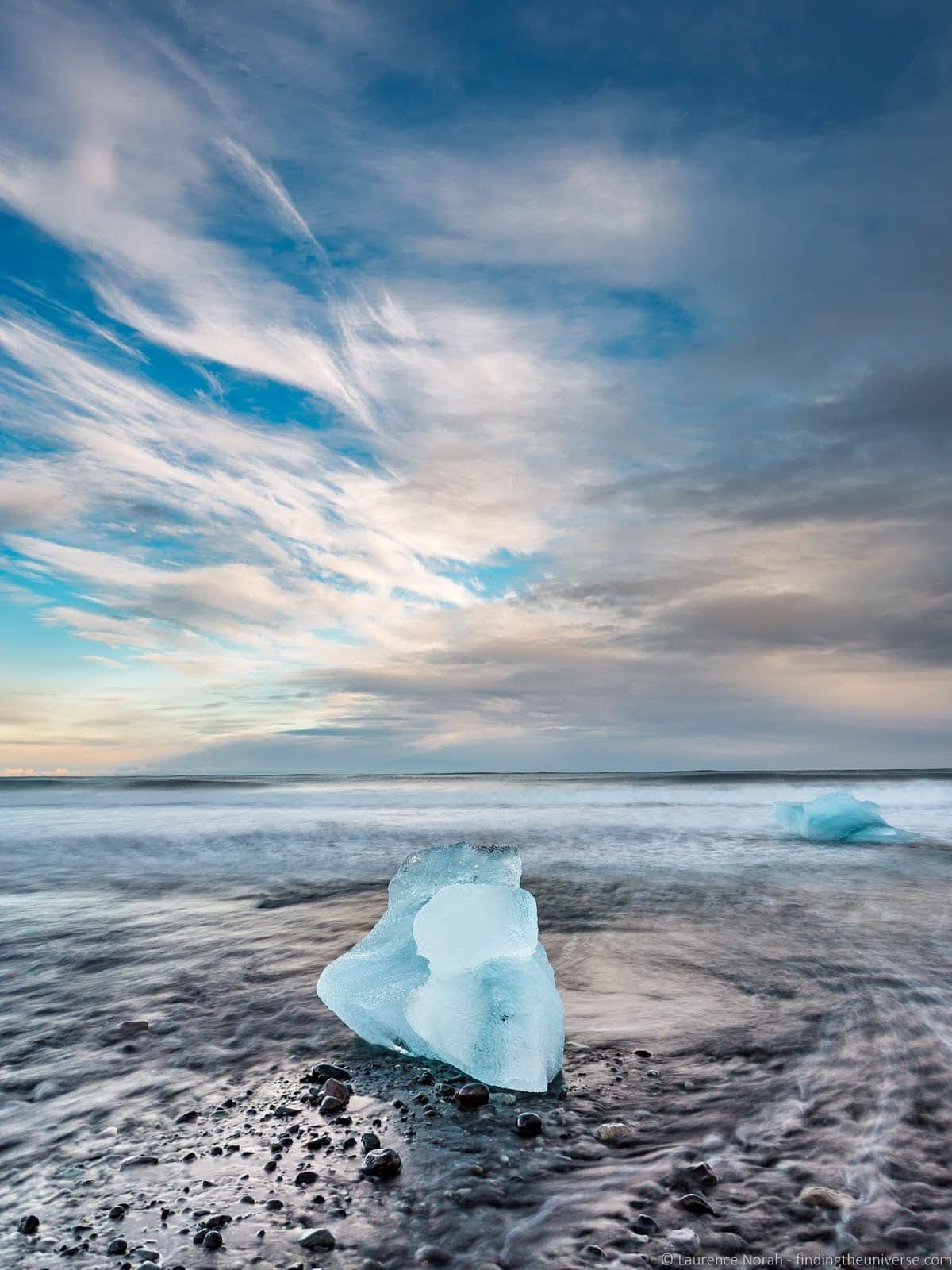
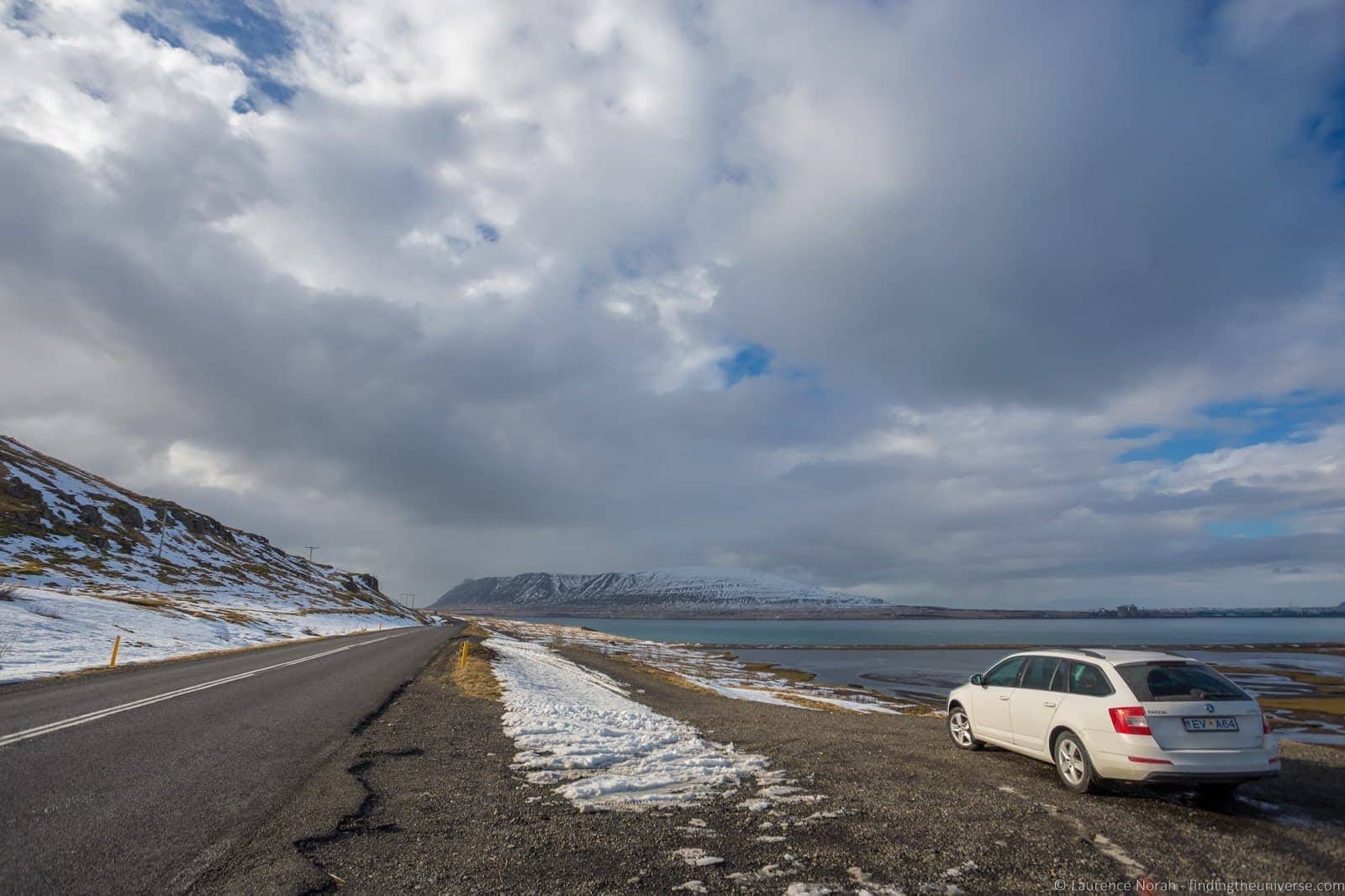
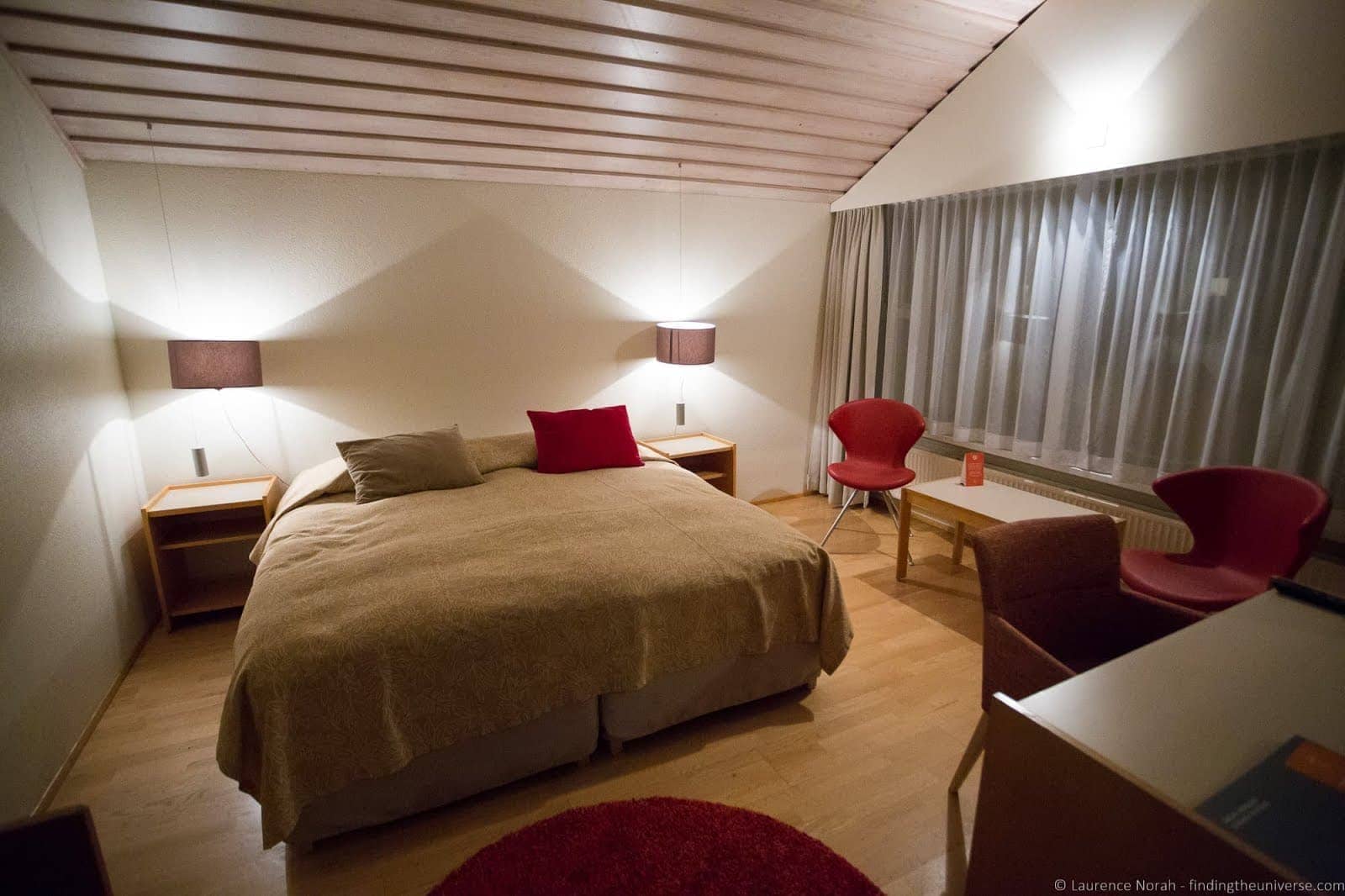
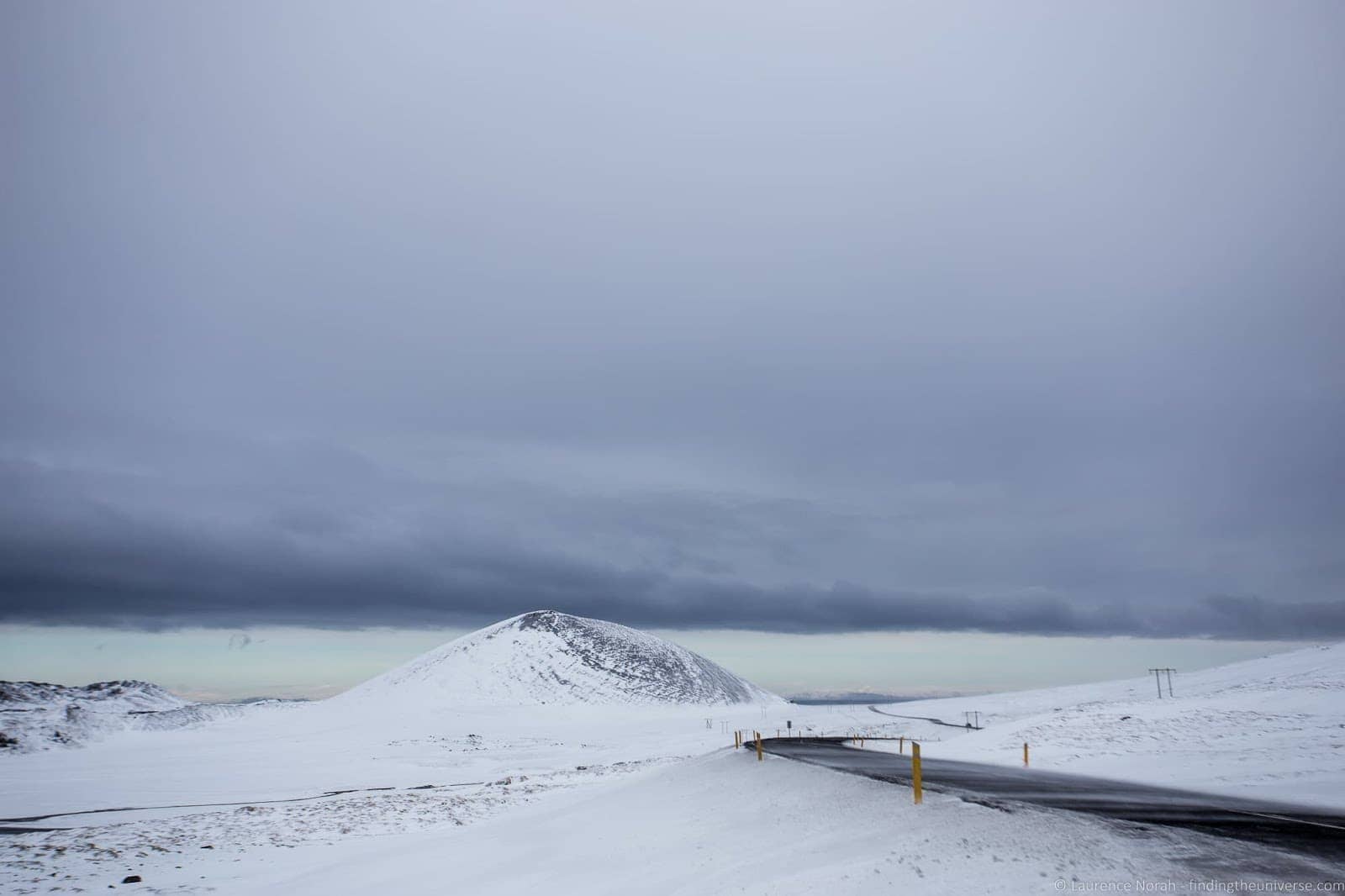
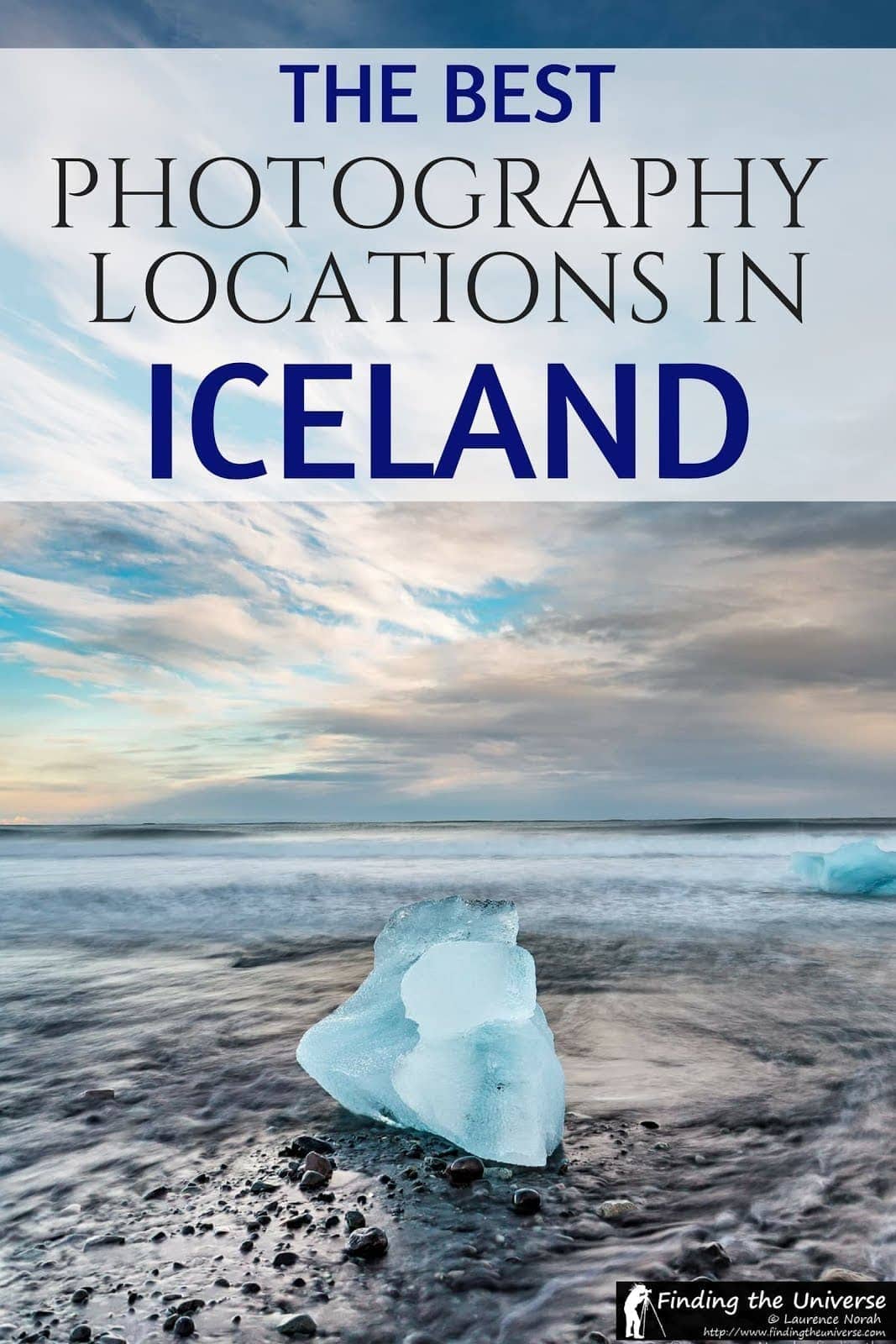
Lars Roes says
Hi Noah – really informative post and I enjoyed your breakdown on photography locations. Your shots look great! We are off to Iceland for 2 weeks this September and would like to know what you recommend for a suitable neutral density filter – 3 stops? I have a drone that would like to get some air but I read that opportunities are very much restricted and I can understand why being such a popular tourist destination. Can you shed any light on this?
Thanks,
Lars
Laurence Norah says
Thanks Lars! So for waterfall photography in daylight I usually use a 10 stop filter on my camera, which is a full frame Canon. I would definitely suggest something between 6 stops and 10 stops. I have a full guide to ND filters here, which explains why 🙂
For drones – many of the very popular locations do have signs up forbidding drones – this is just for safety I believe. Drones are generally allowed in Iceland (although you’ll want to read up on specific rules). However, as you get away from the bigger sights, particularly the large waterfalls on the south coast, you will see less signs forbidding drones, so you should be fine 🙂
JohnB says
Experts say the equinoxes have the best Northern Lights. If one went in Sept, that could easily cover that date. Many vloggers do the Ring Rd in Nov. and most show the Lights. What were the dates of your trip or trips?
Laurence Norah says
Hi John,
We’ve travelled in Iceland in late February, when there was definitely northern light activity, and then in June, when it was light nearly all the time.
The lights may be viewable in September, you just need to be aware that the days are still long in September so it won’t be truly dark until much later than in the winter months, which reduces the viewable time.
eileen says
Thanks for the guidance. it will come in handy as i will be travelling to Iceland next January 19.
do you know where is the place where i can find the bridge which look like a sword? very beautiful place.Would like to visit the place.
Saw a photo posted by someone in the instagram.
Please advise.
thanks
Laurence Norah says
Hi Eileen – my pleasure!
We’re just back from four weeks travelling around Iceland and I have to admit I’m not familiar with the bridge you mean – can you share the photo so I have an idea of what it might be?
Thanks!
drew says
This post is so awesome.
We are driving ourselves and will likely be getting a zero deductible insurance from the rental agency.
Question: Do we need a 4×4 in late January?
Thanks again!
Laurence Norah says
Hey Drew!
Thanks very much. I’d very much recommend a 4×4 in January, the roads are likely to be icy, and you need to be prepared for them to be closed – definitely check the safetravel.is website for the latest road conditions when you’re out there. Also bear in mind that some of the mountain roads in Iceland (nothing on this post requires mountain road access!) aren’t accessible even with a 4×4 – you need one of the super 4×4 vehicles with massive tyres and high clearance and I’m not sure you can rent those 🙂
We travelled in March and it was snowy and icy. We had a 4×4 saloon car with studded tyres, and it was fine, occasional snow drifts on the road but nothing too serious that careful driving couldn’t cope with 🙂
Have a great trip!
drew says
Thanks! The whole rental car thing is daunting, with the insurances and everything else. It’s stressing me out!
I appreciate your quick reply and thanks for the advice.
Laurence Norah says
My pleasure 🙂 Iceland has an unbelievable number of insurance cover options, my advice is get everything that covers you – assuming you don’t have a travel credit card or something similar that already covers you. In January, driving wind can blow ash / ice over the car and damage the paintwork, and there’s always the risk of window chips. So definitely worth paying for peace of mind I think – car repairs are very expensive in Iceland unfortunately.
Richard Rubicam says
Your photos really entice me to add Iceland to my bucket list but I’d probably have to get a bumper sticker that says, “I’m spending my kid’s inheritance”.
Aaron Teoh says
Stunning pictures of Iceland, feels totally out of this world! I’d definitely love to be back some day. We went in October a few years back and met with bad weather, ending up with our car being blown off the road. Wrecked the car, missed a couple of sights, and now looking at these photos, think I have more than enough reasons to add Iceland to my list! Though unlikely in a car next time 😀 Thanks for sharing these amazing pictures, as usual 🙂
Laurence says
Oh wow, that sounds like quite the experience! At least you were ok. Hopefully you make it back and have a better time on the next adventure!
Aaron Teoh says
Yup glad to make it out fine. I hope so too!